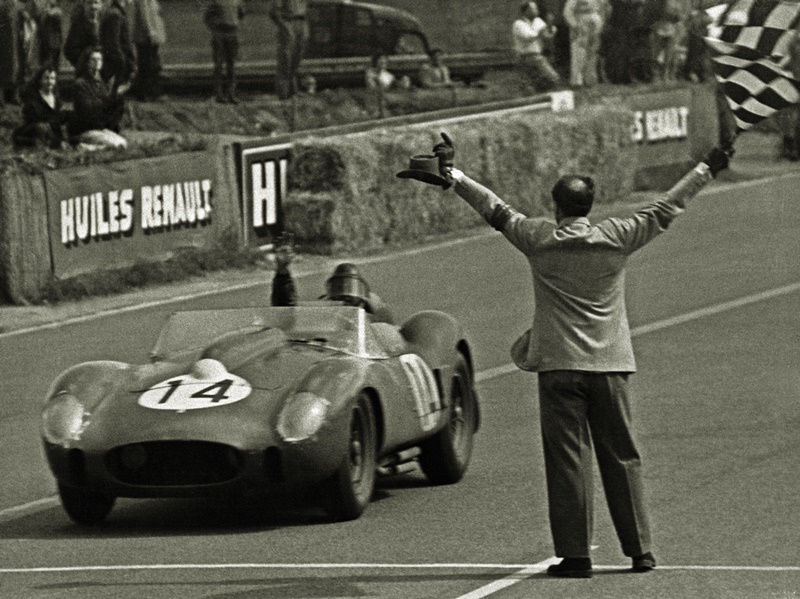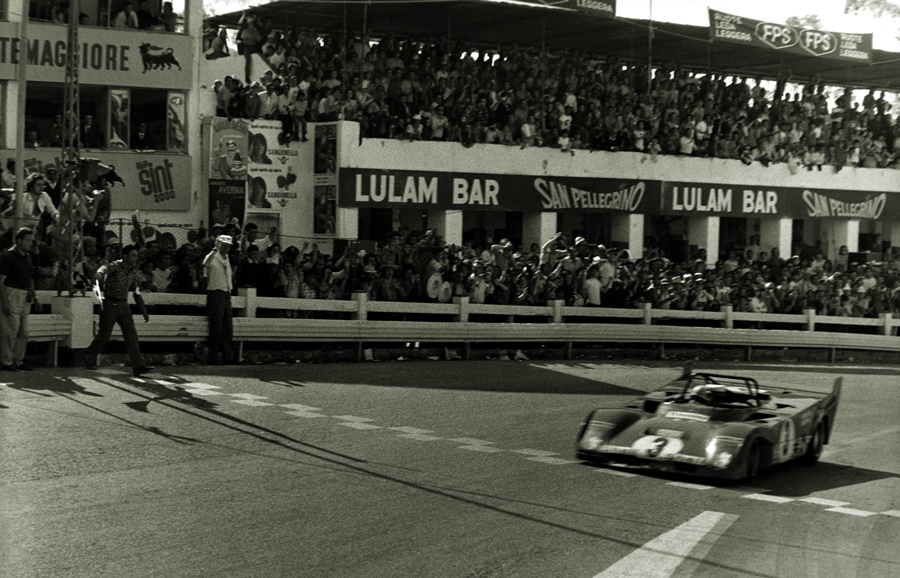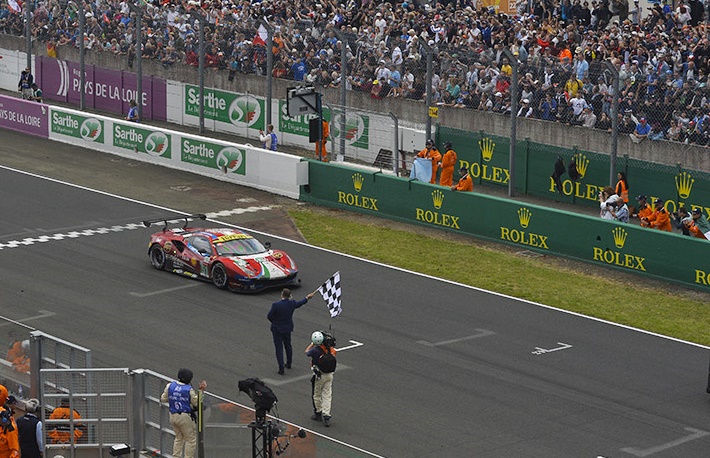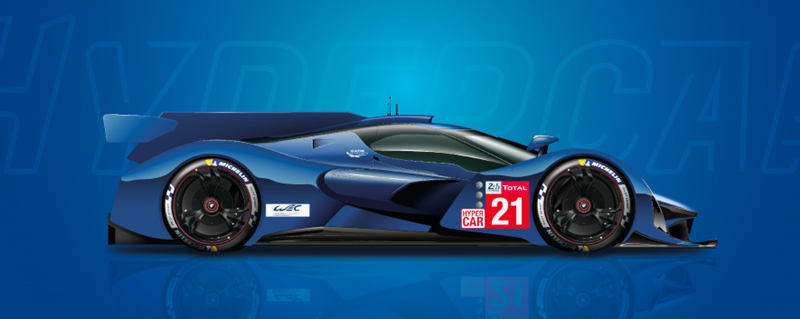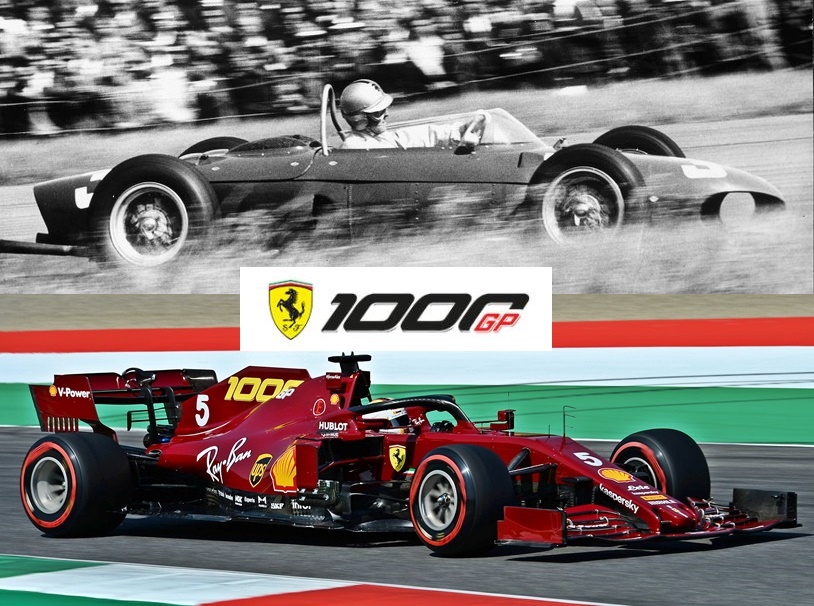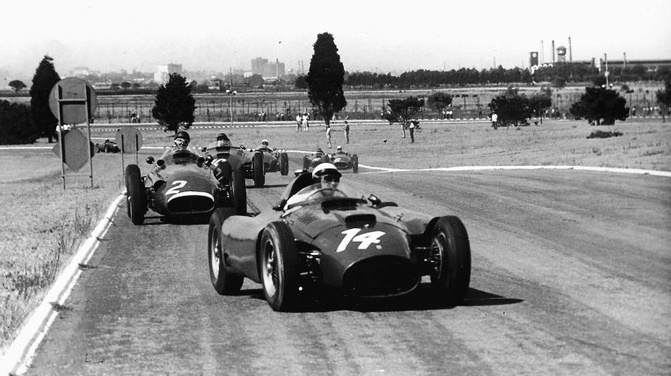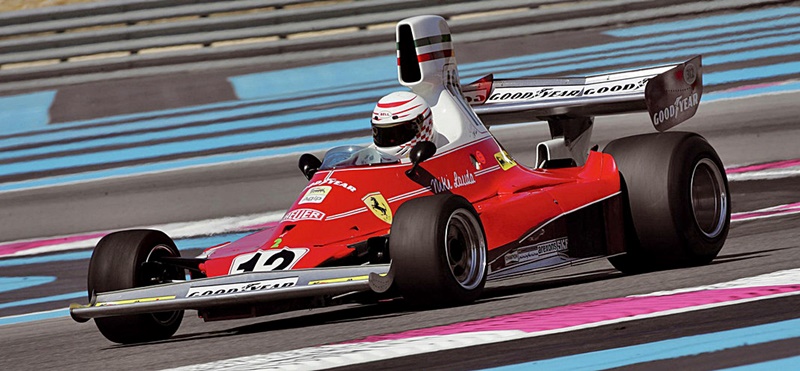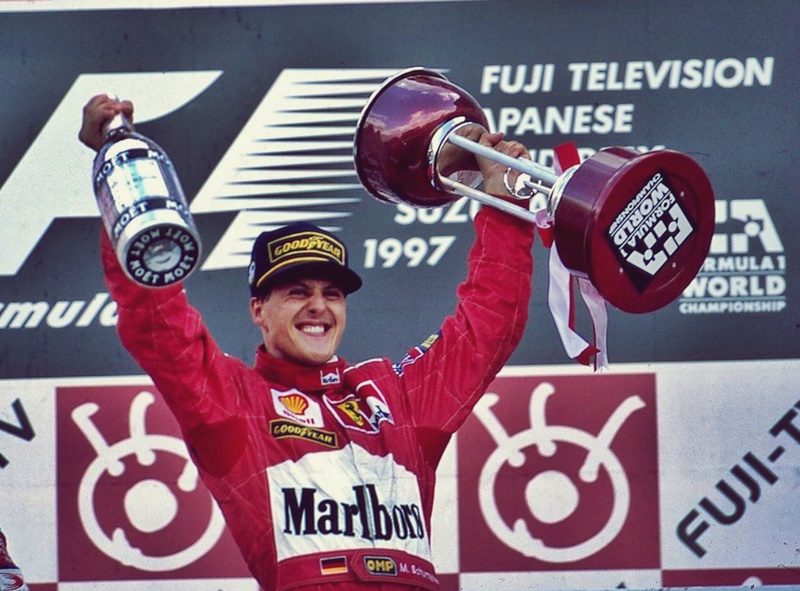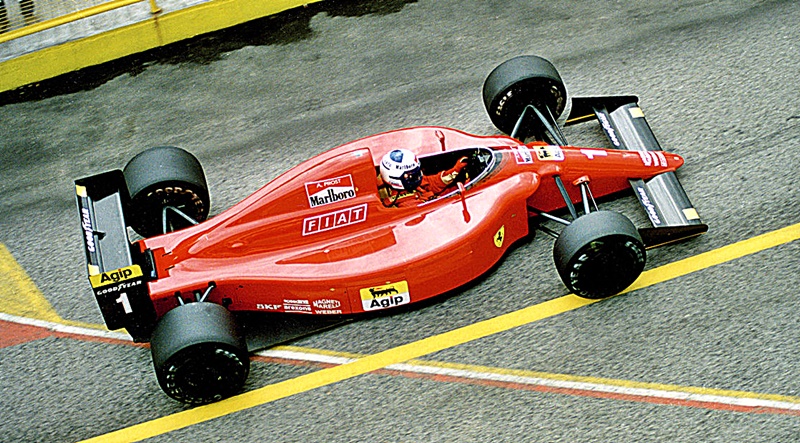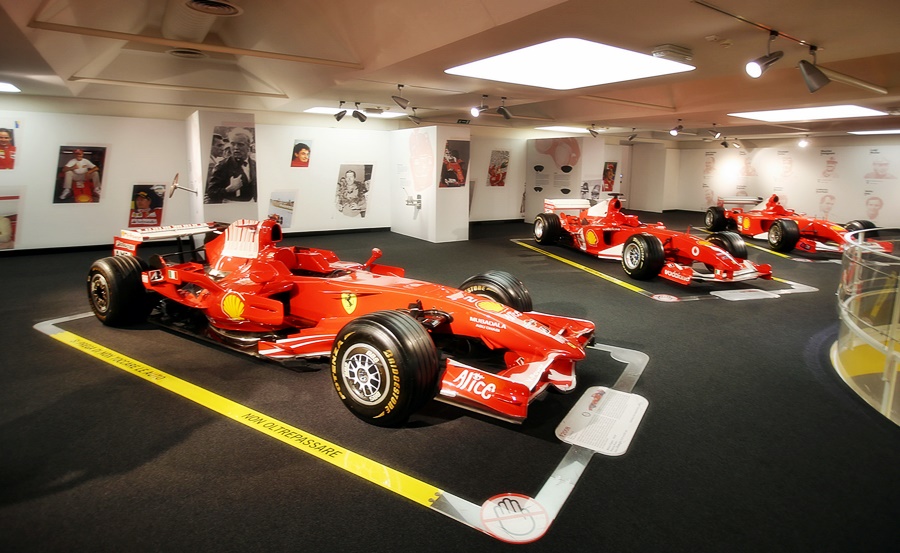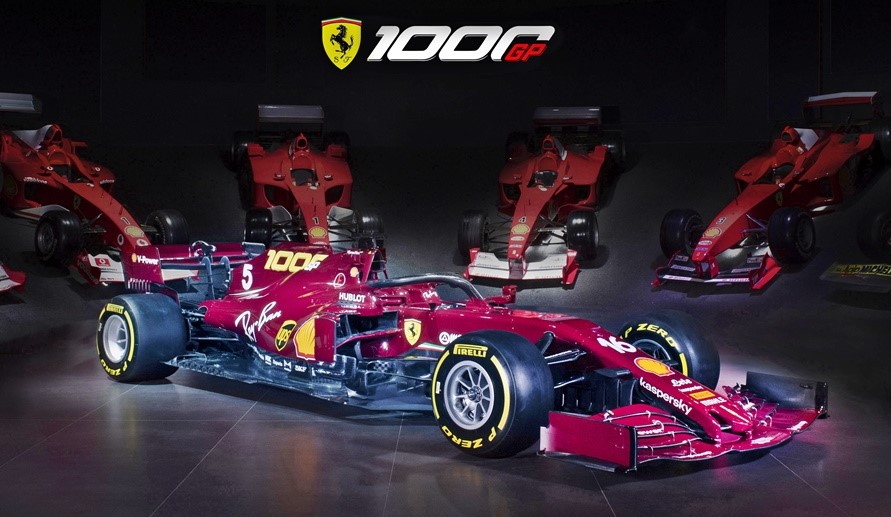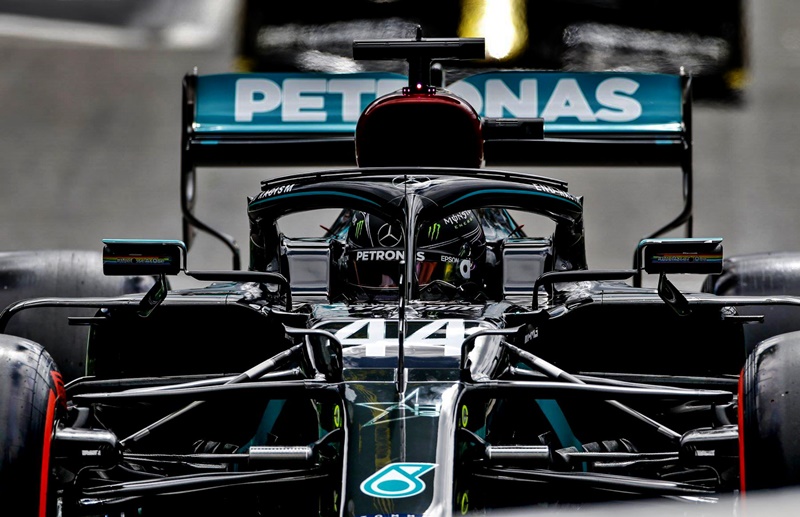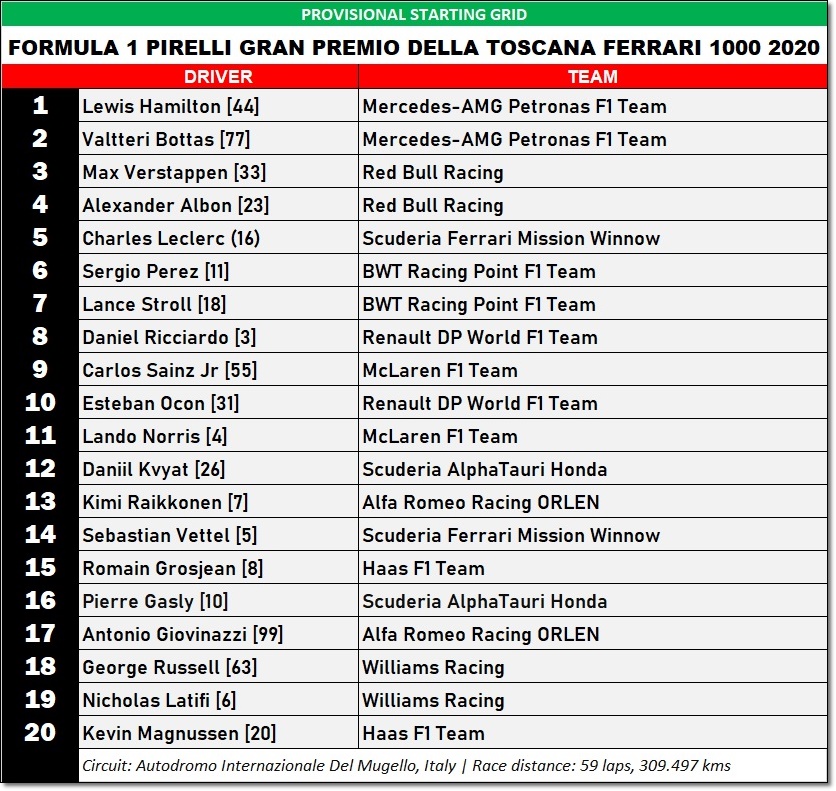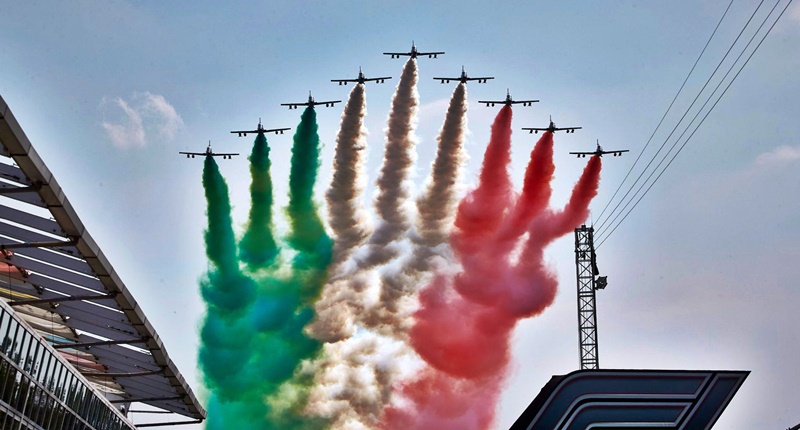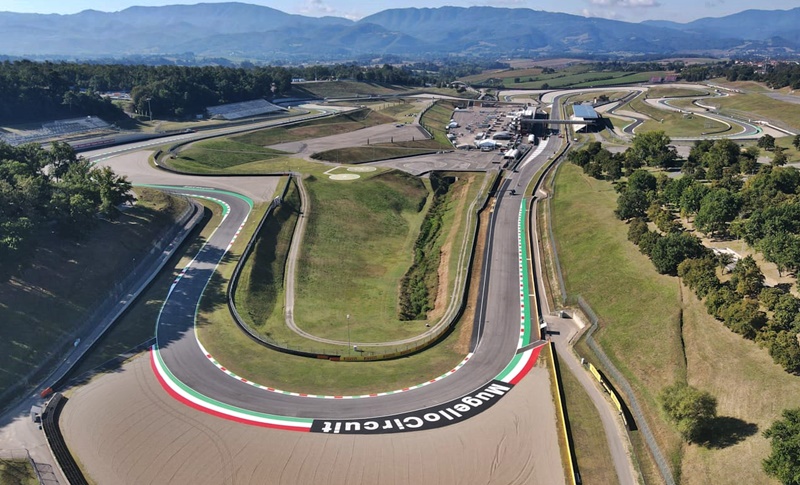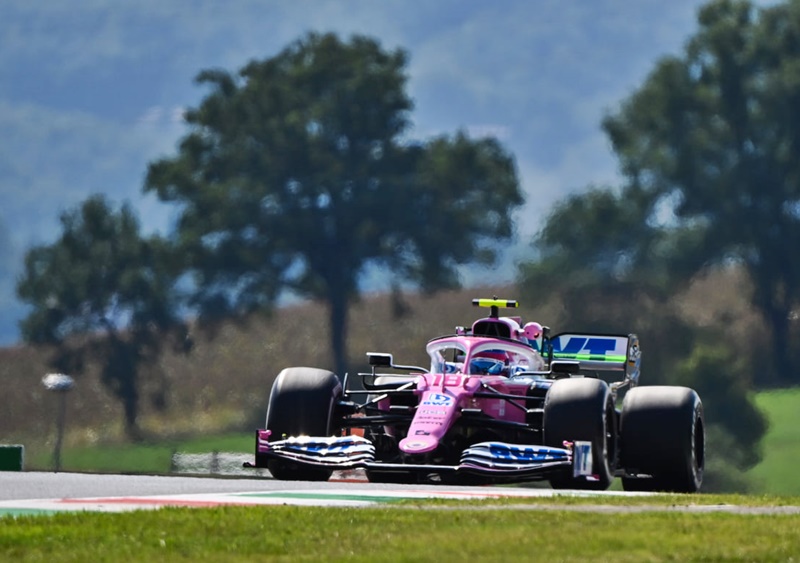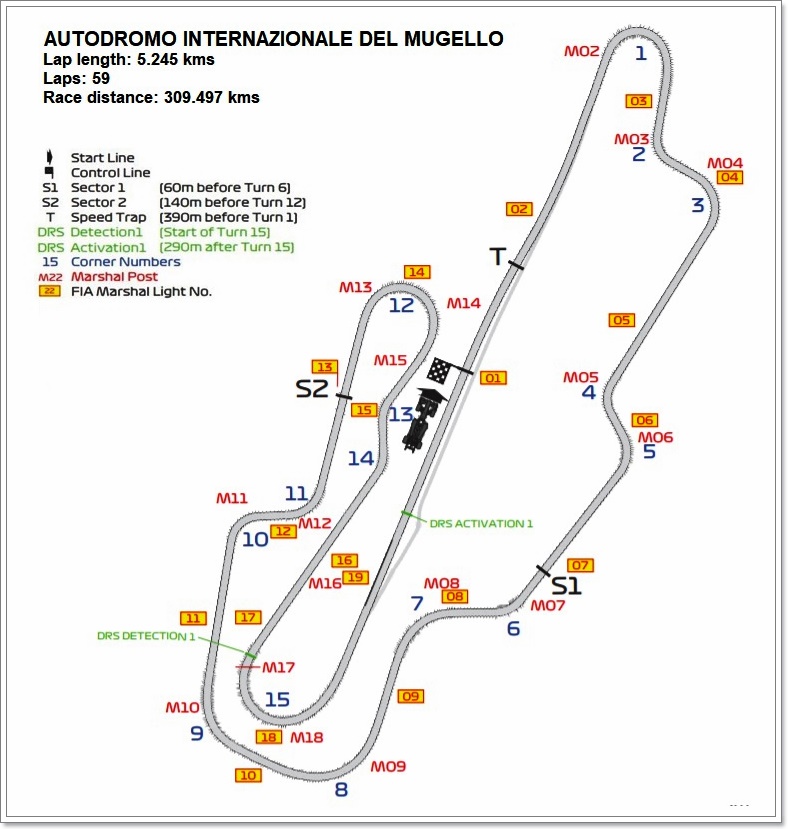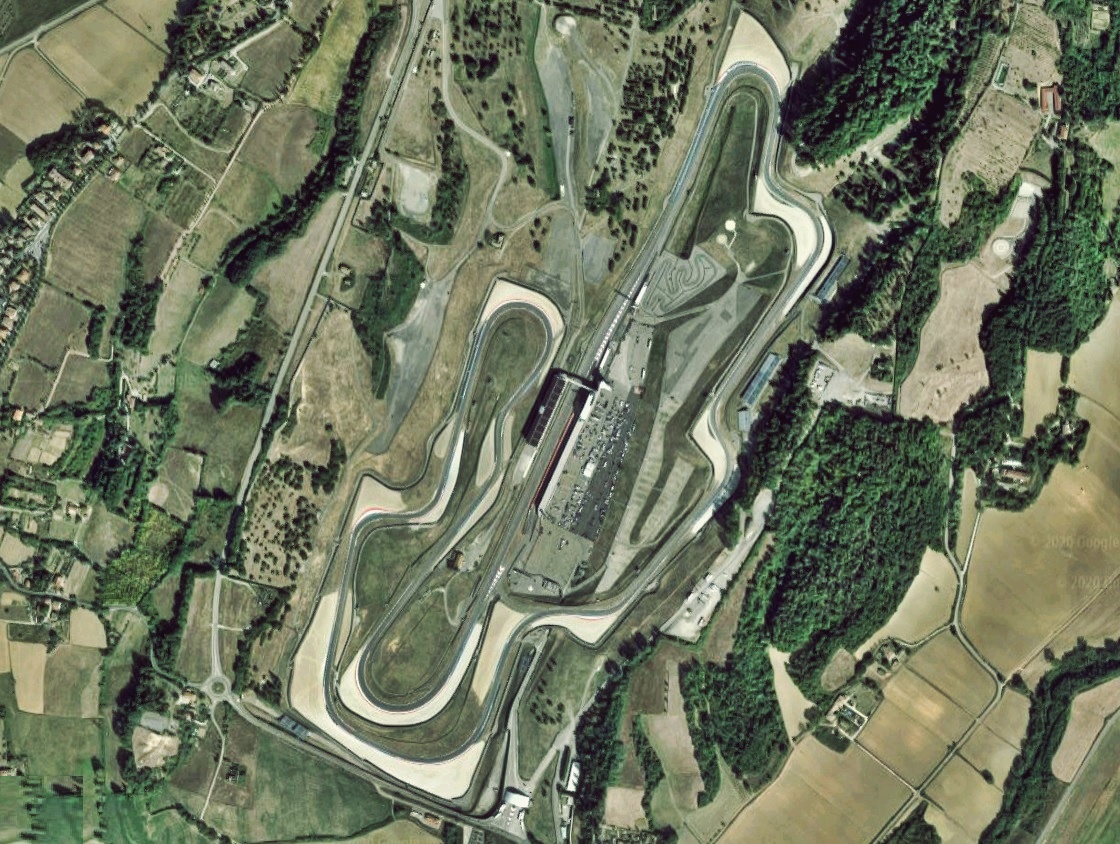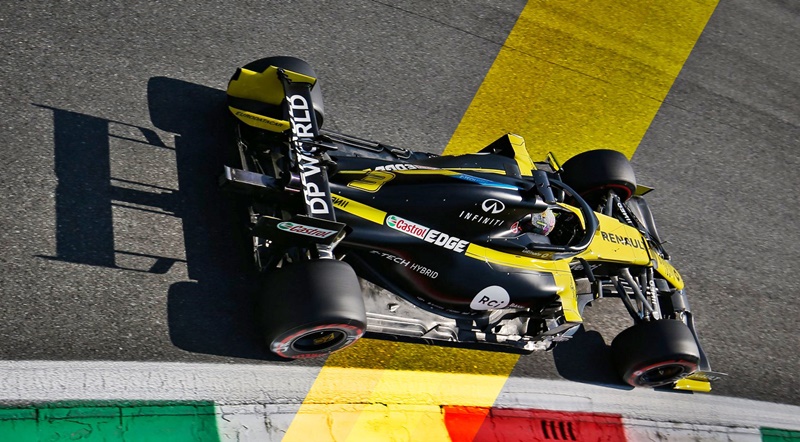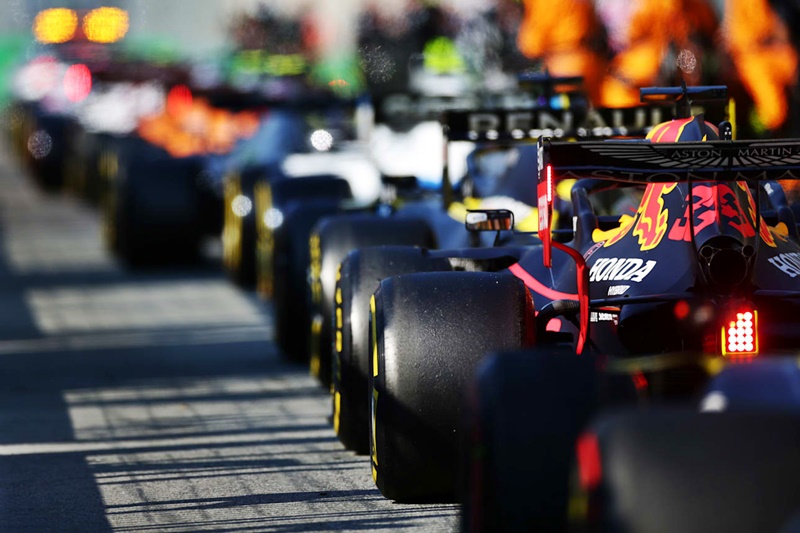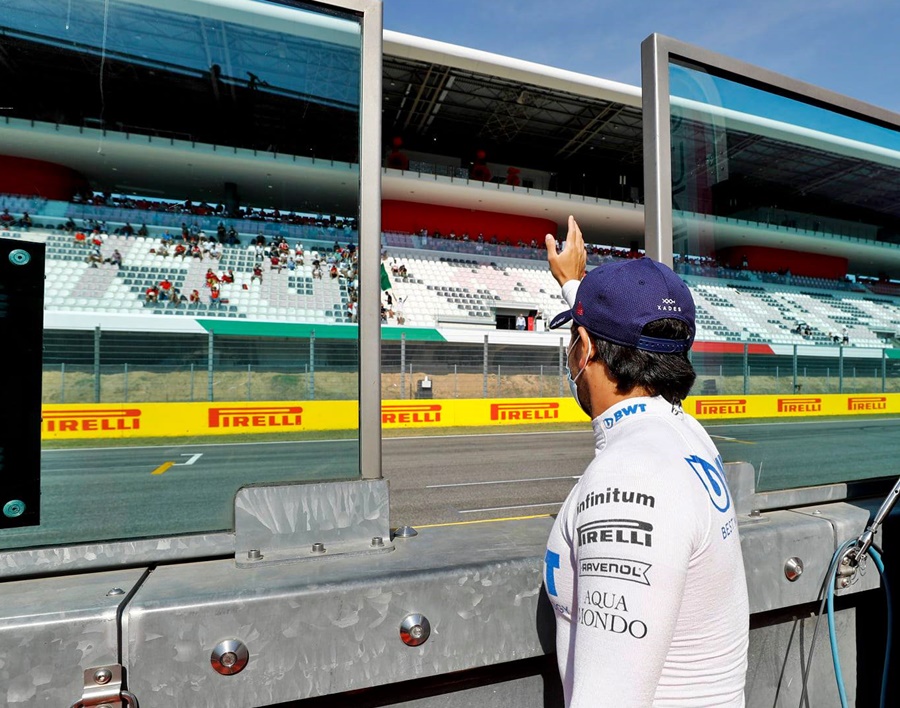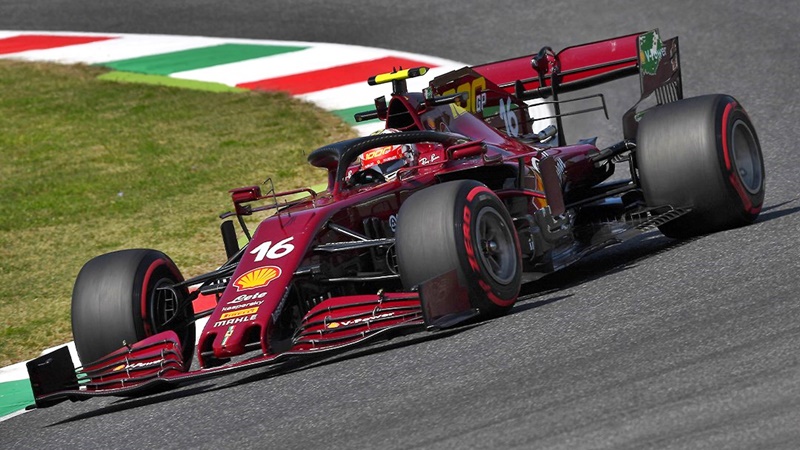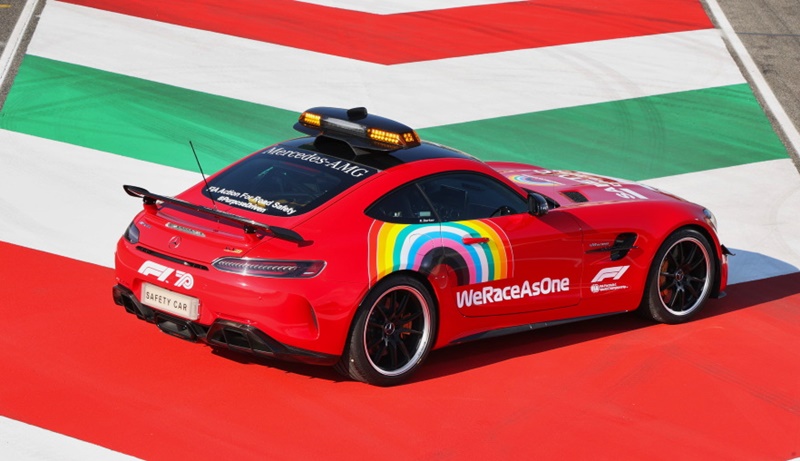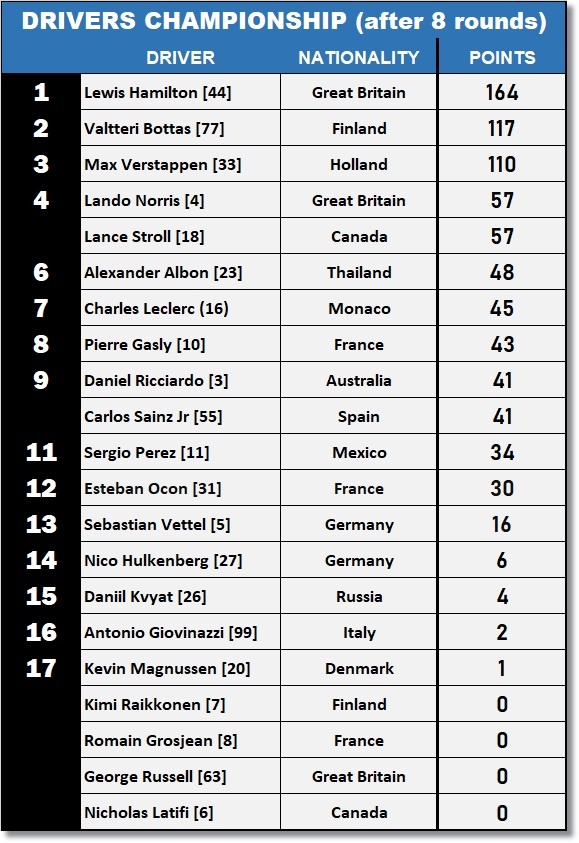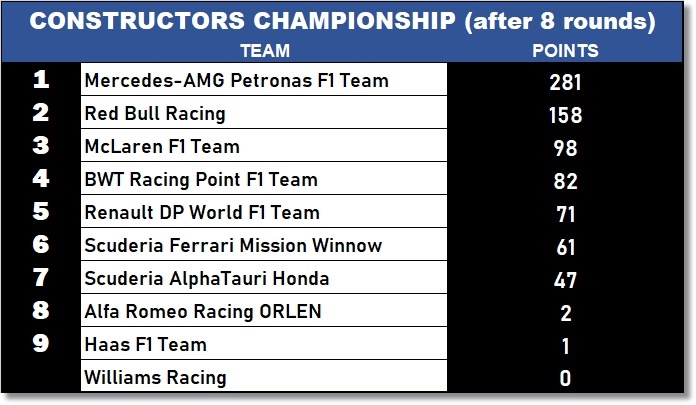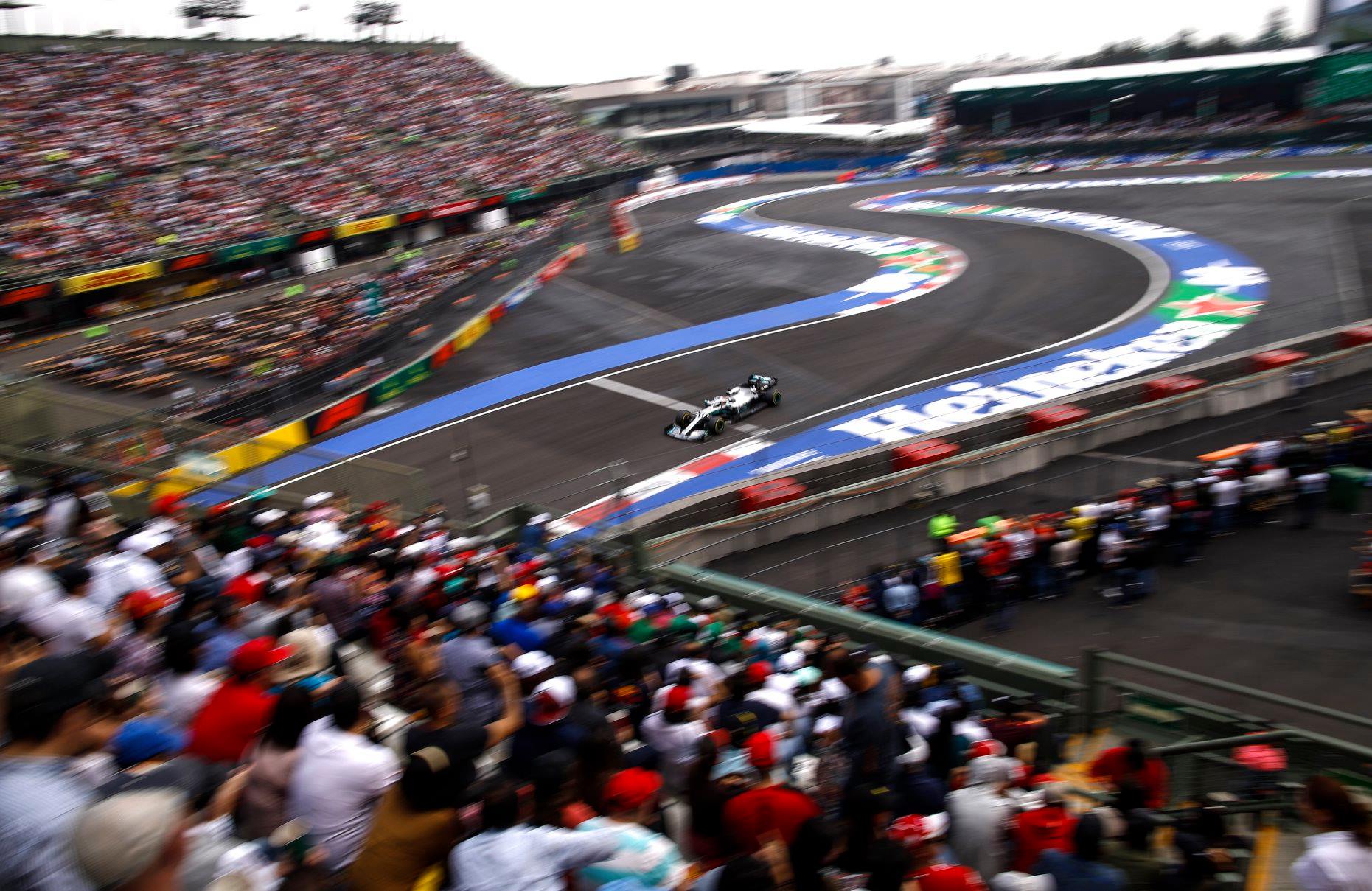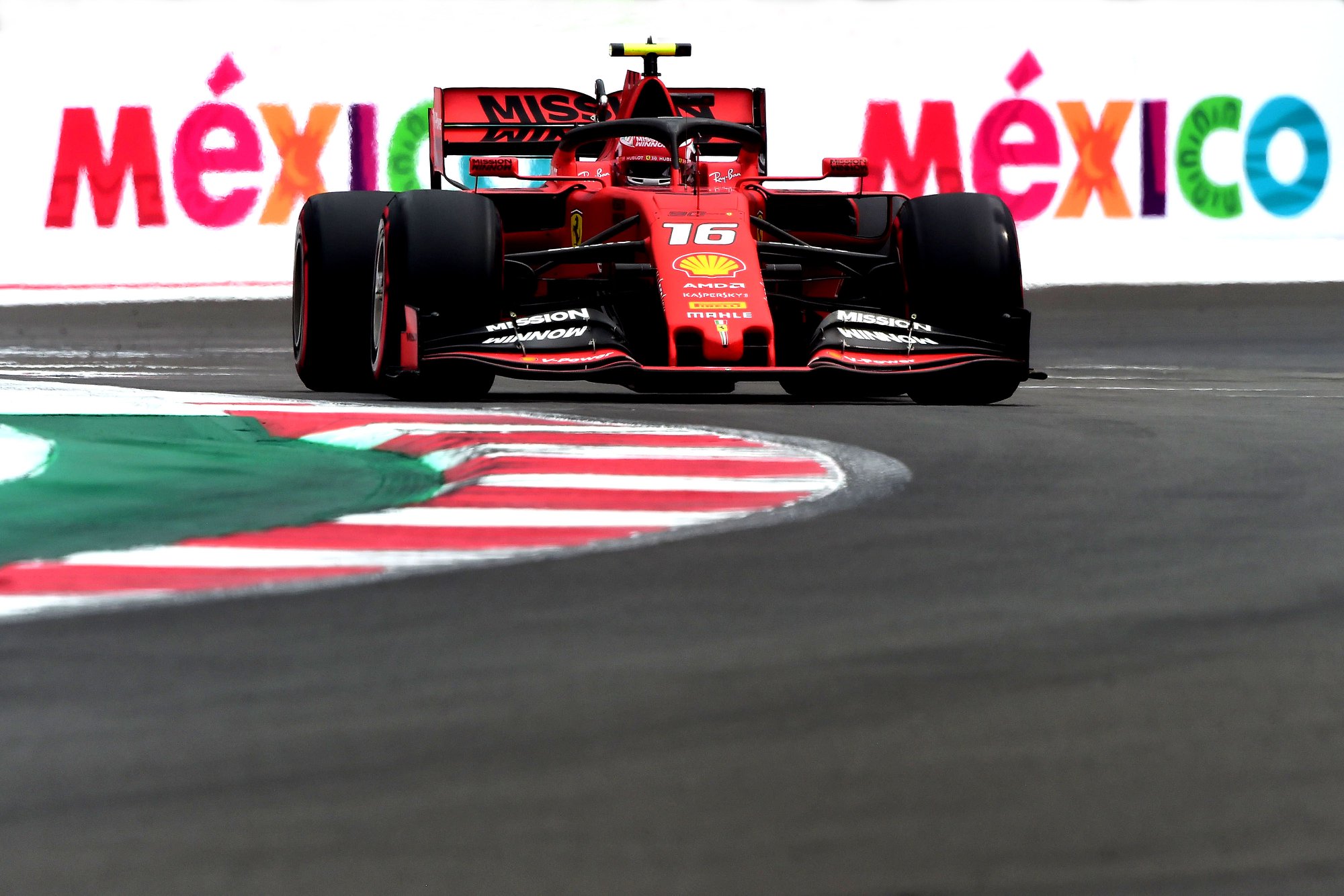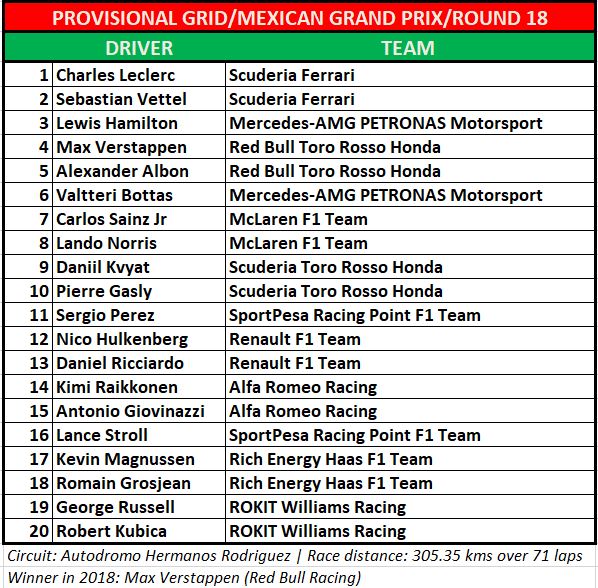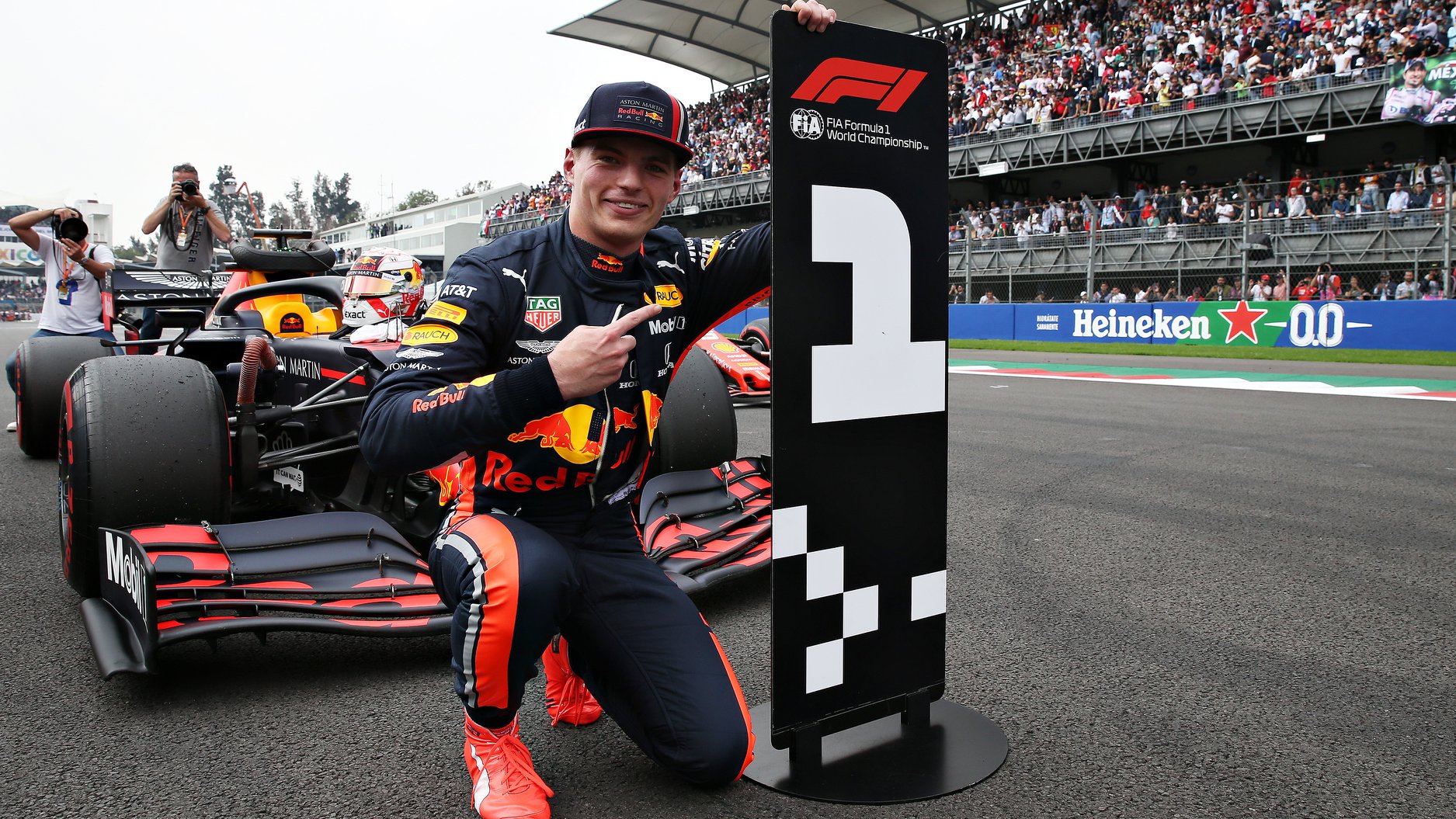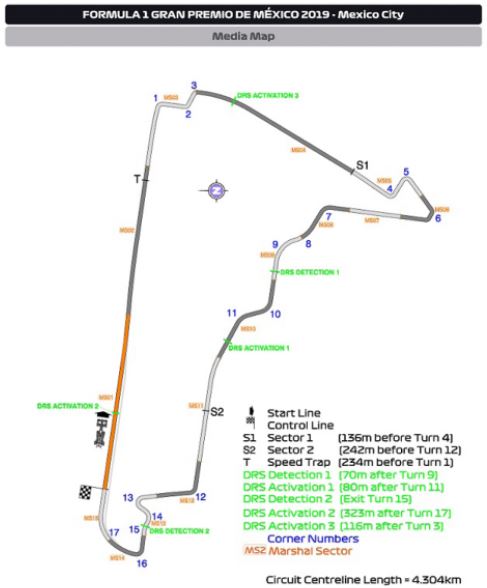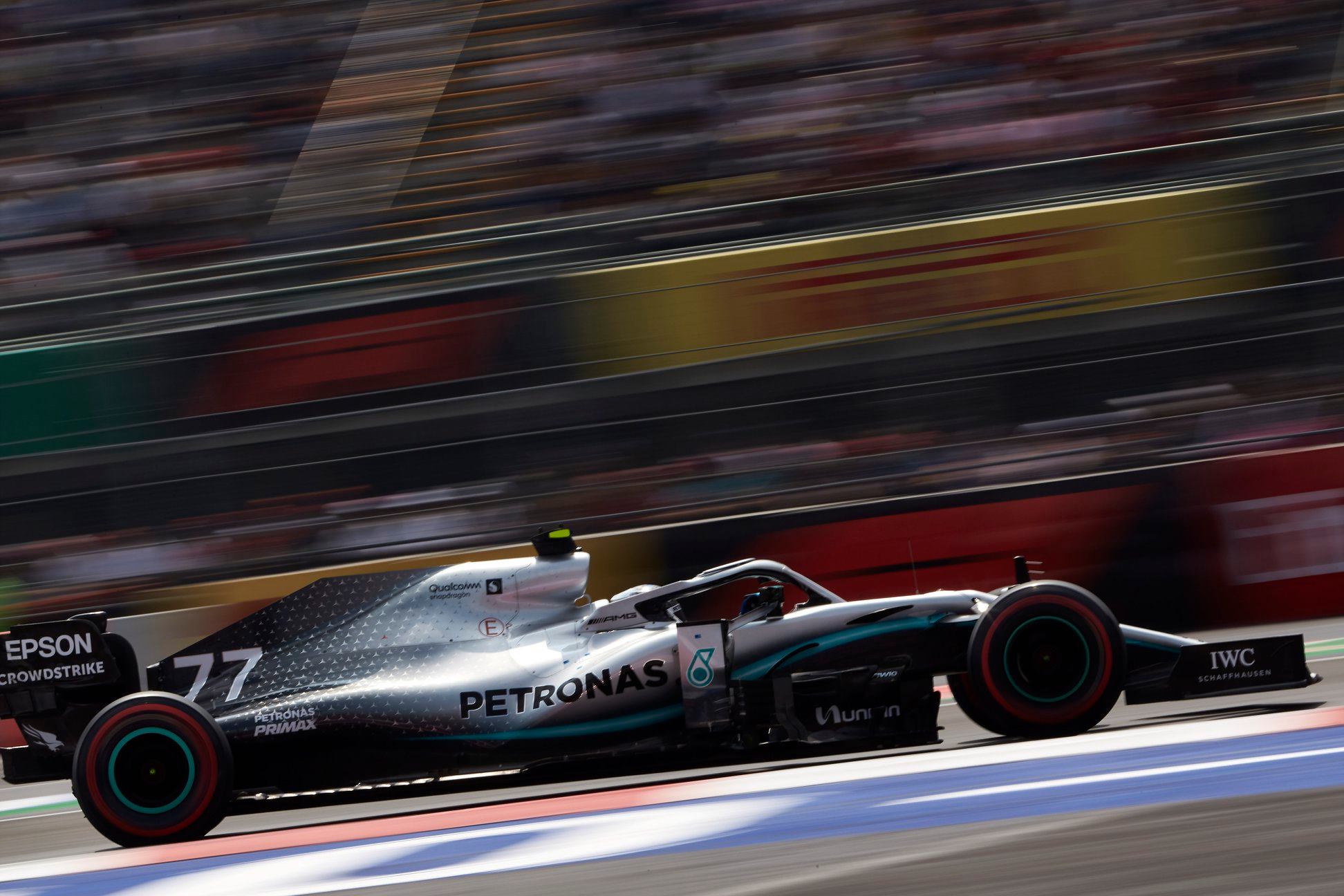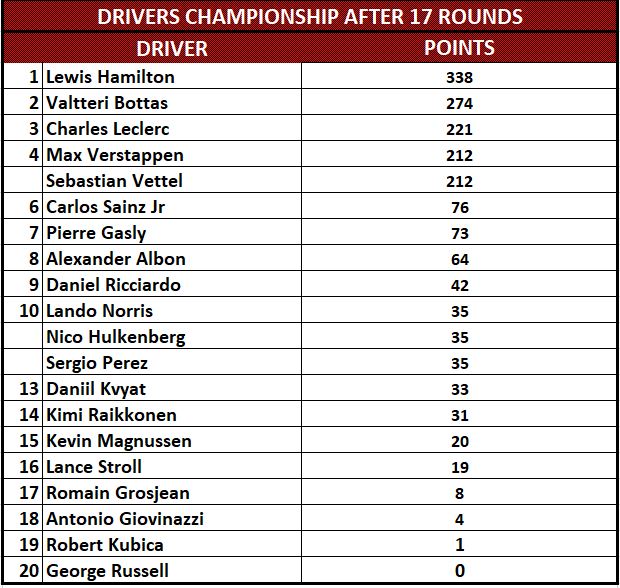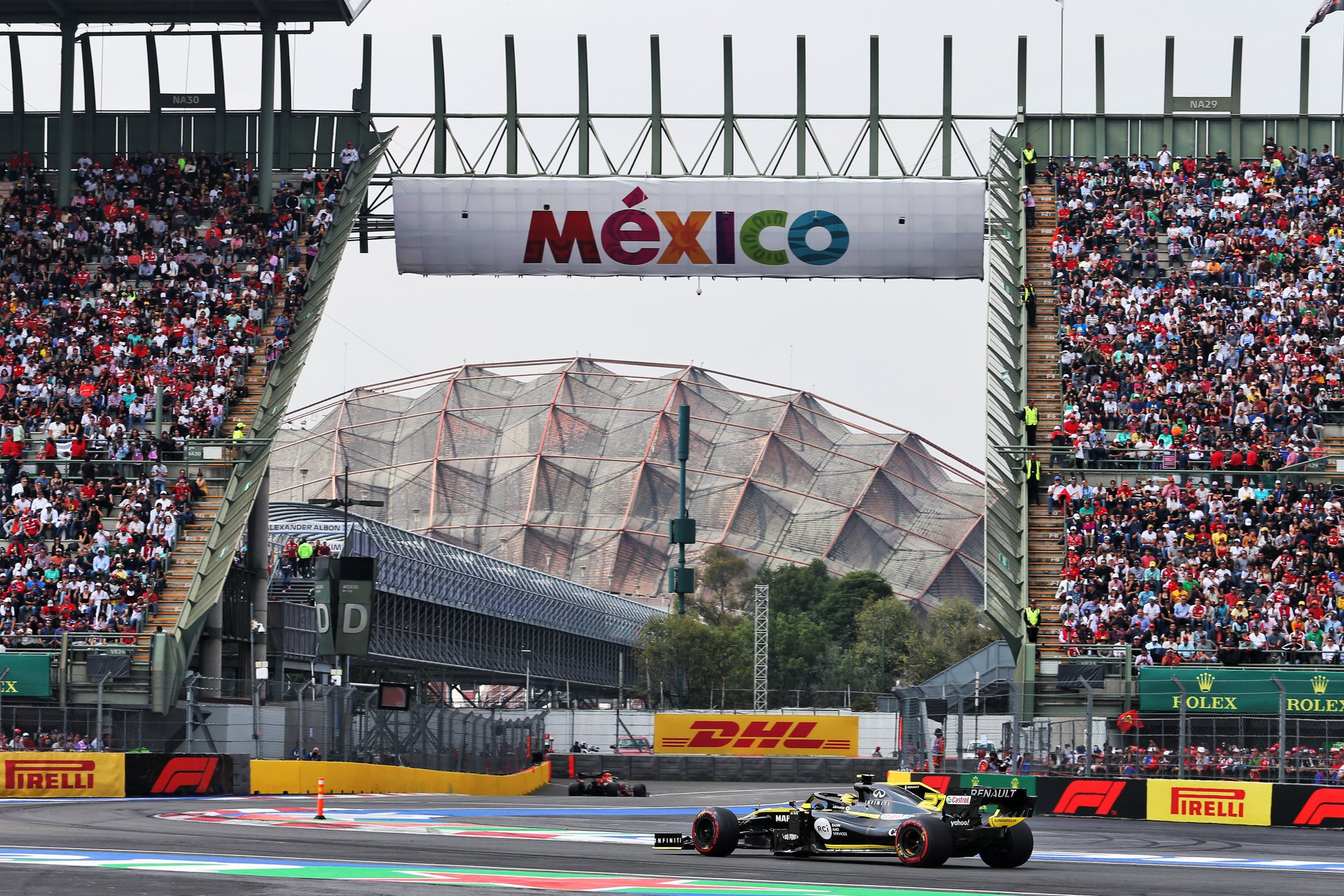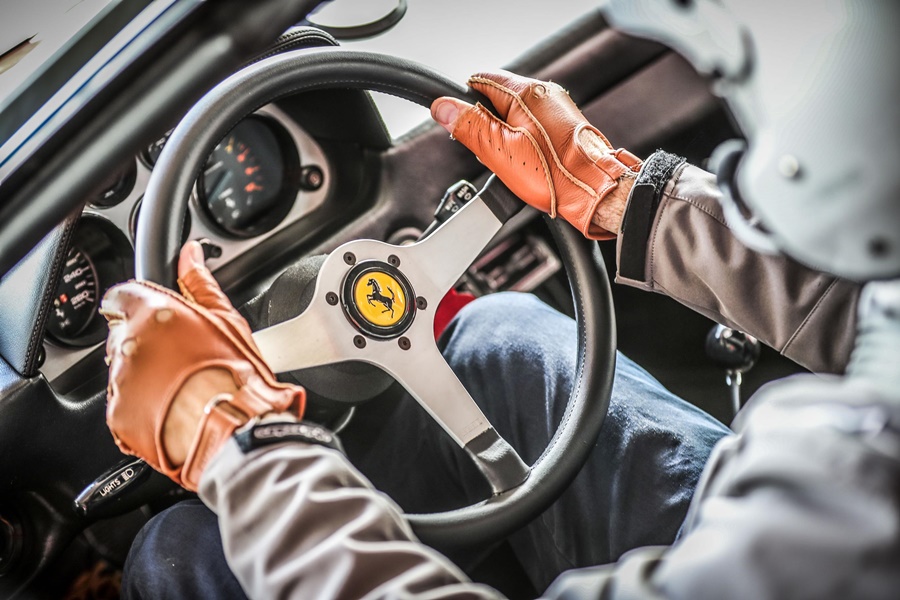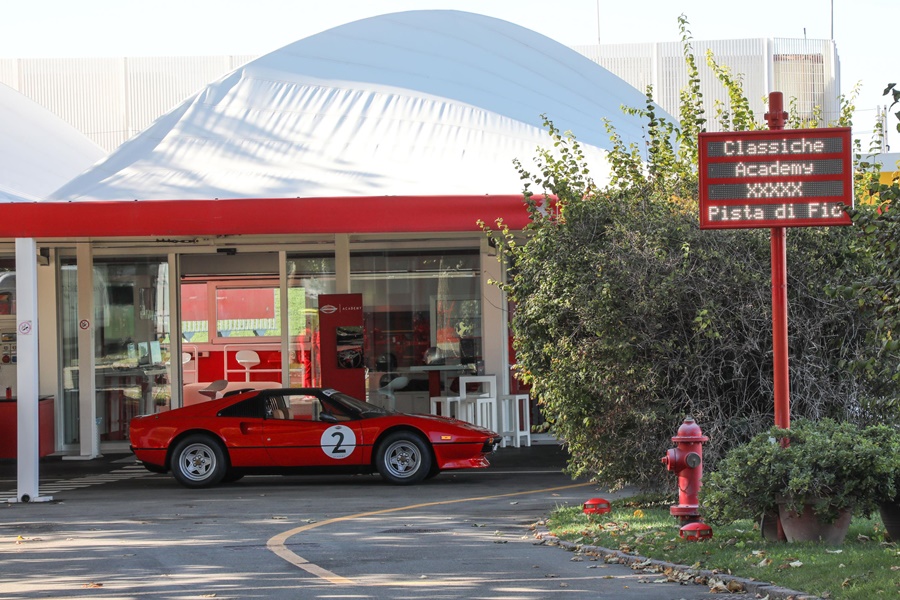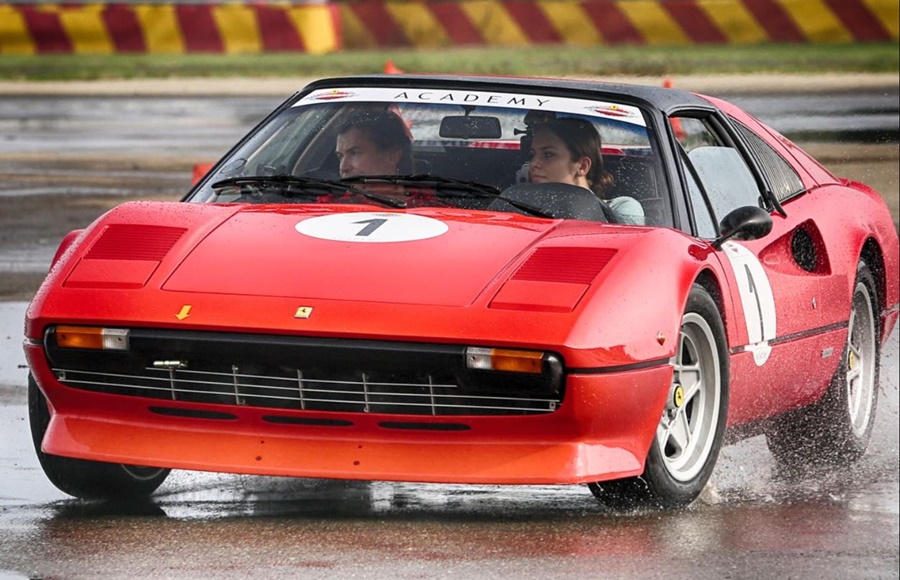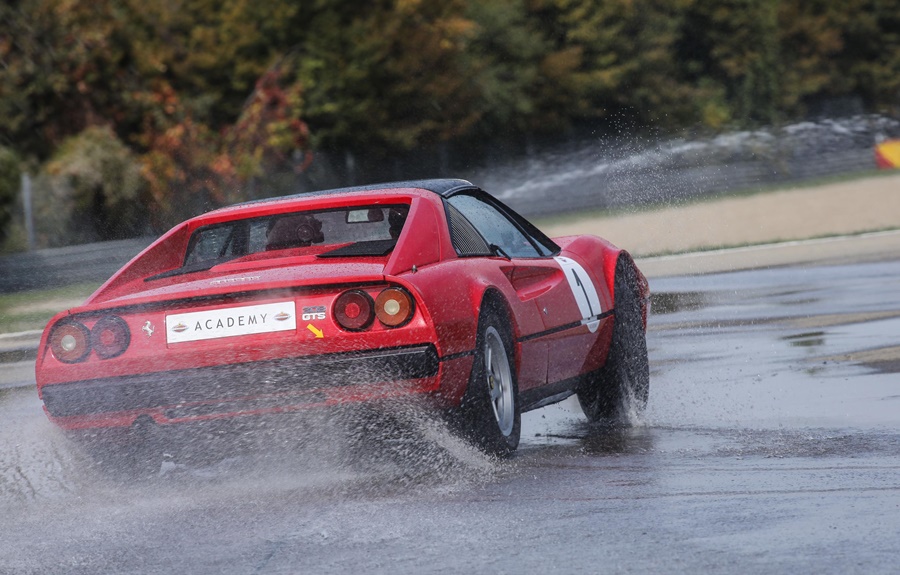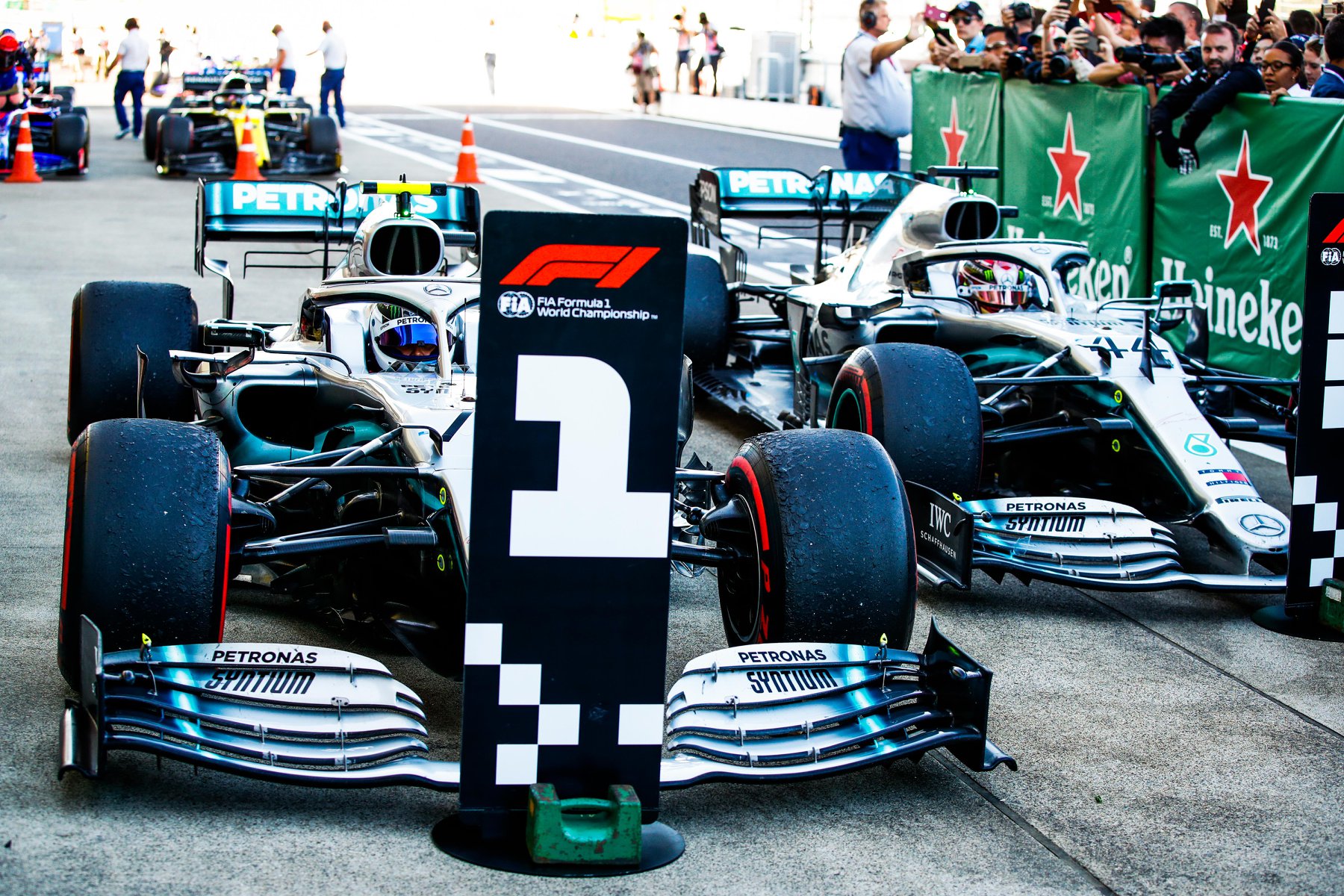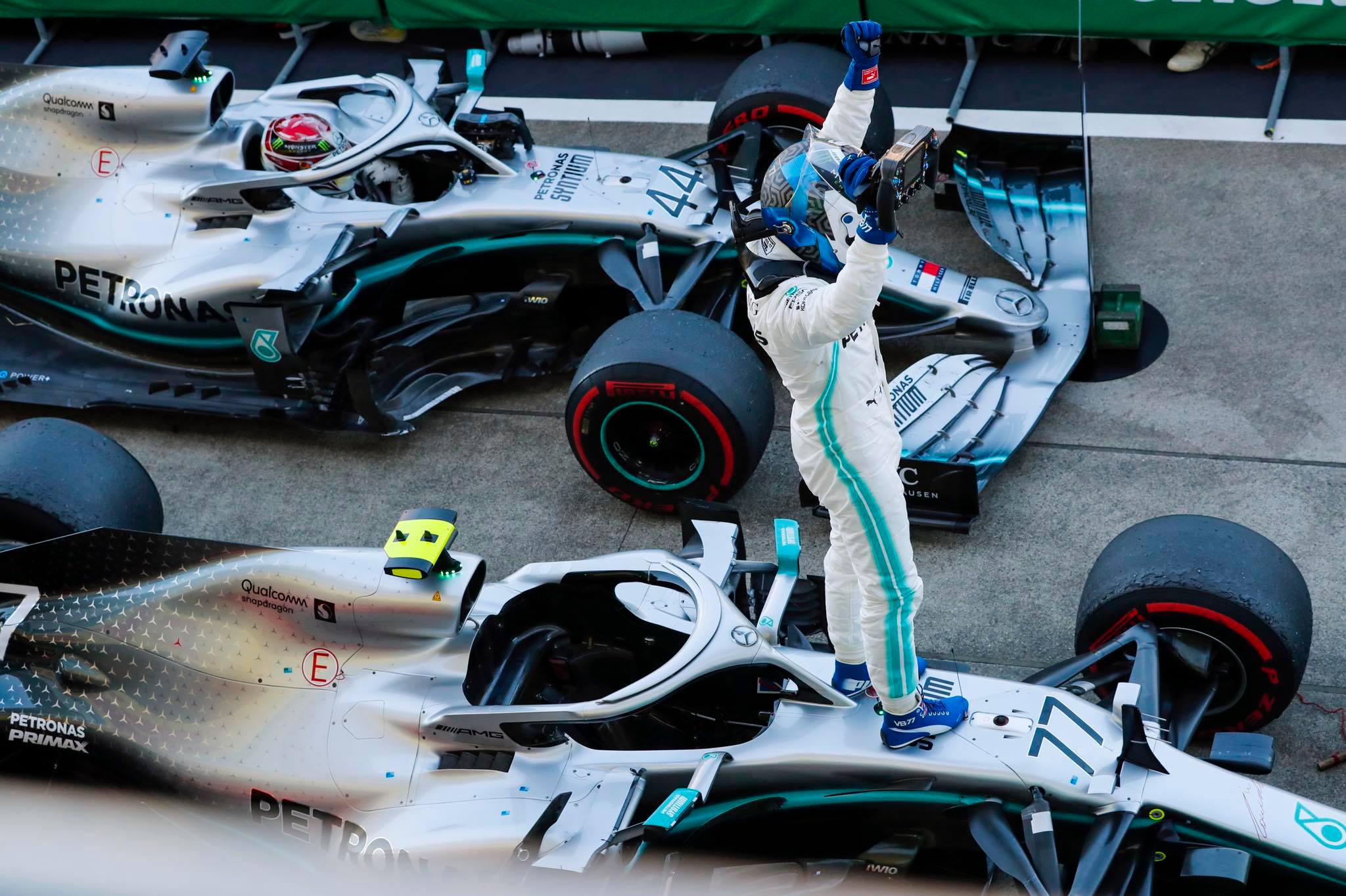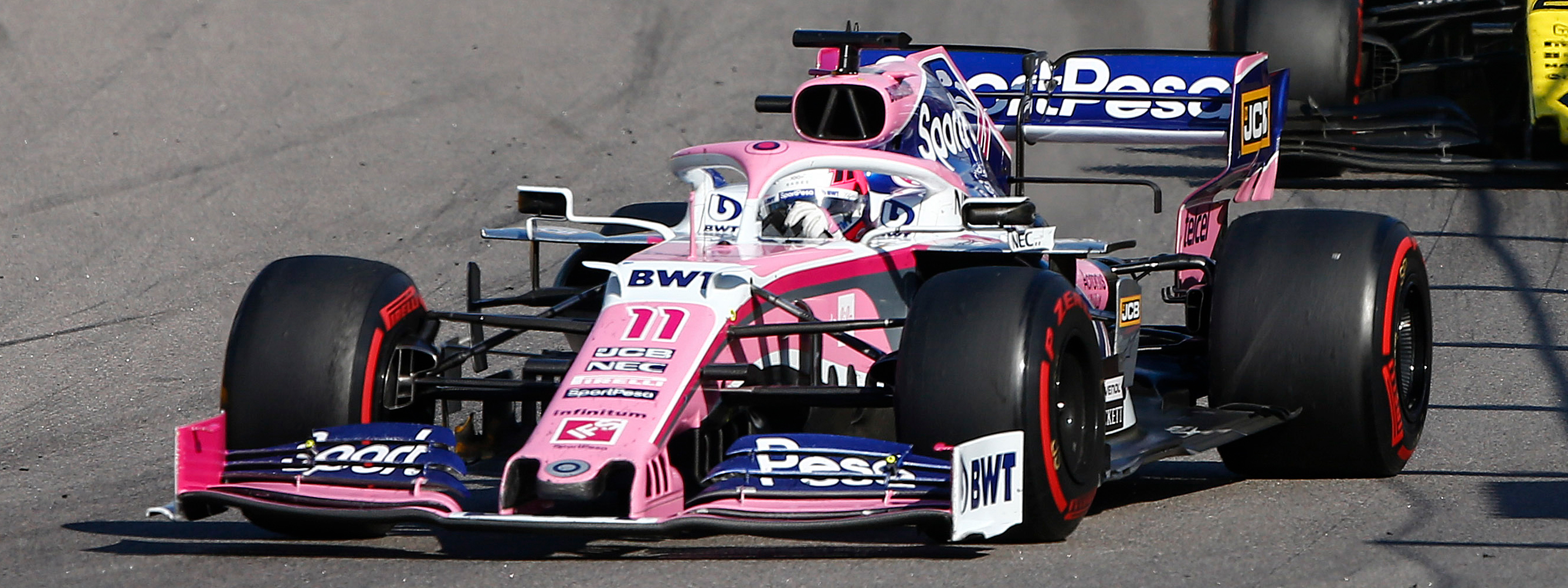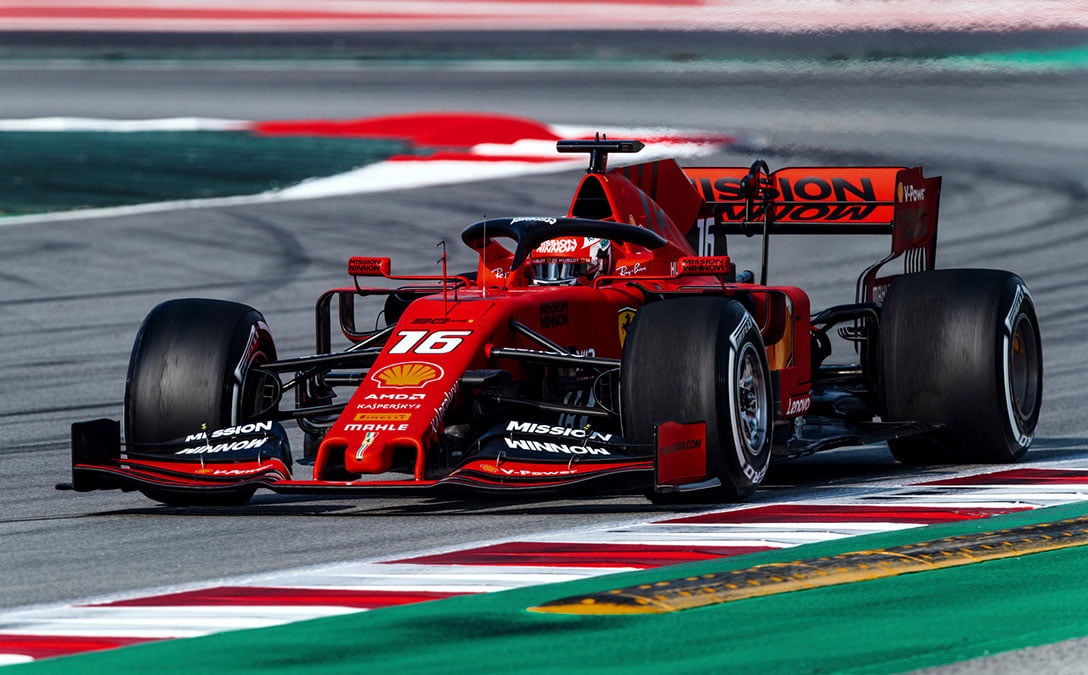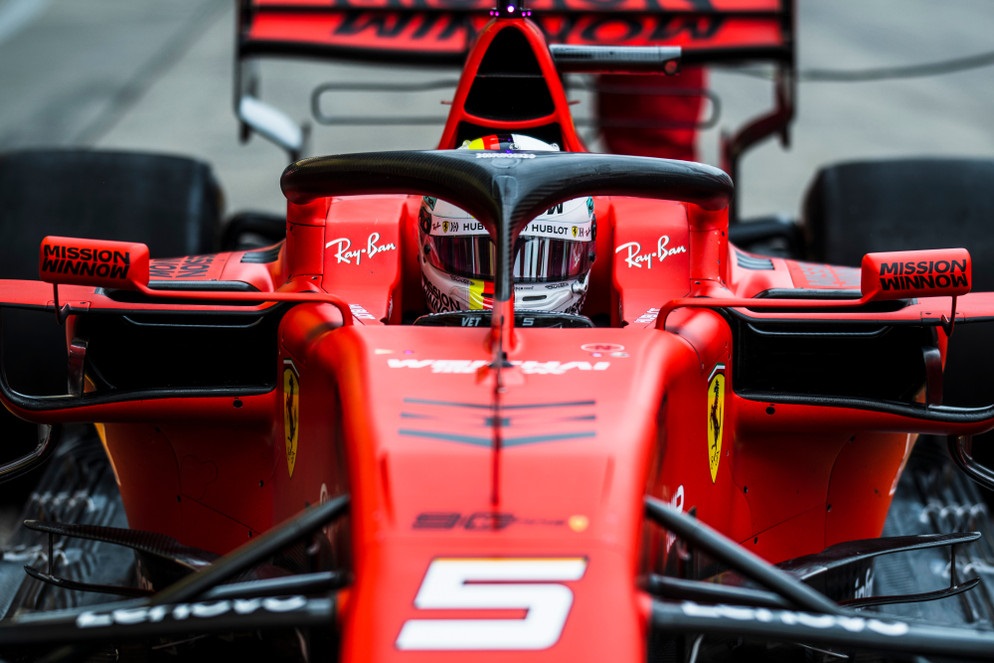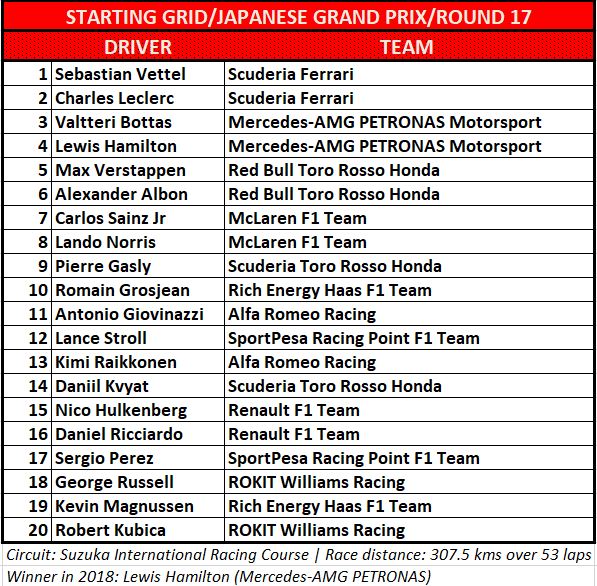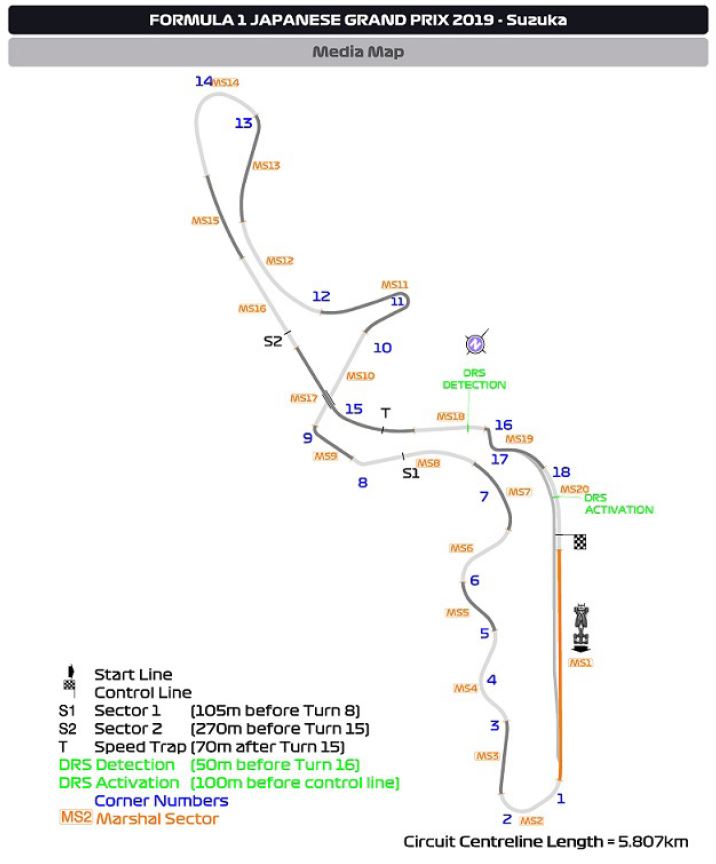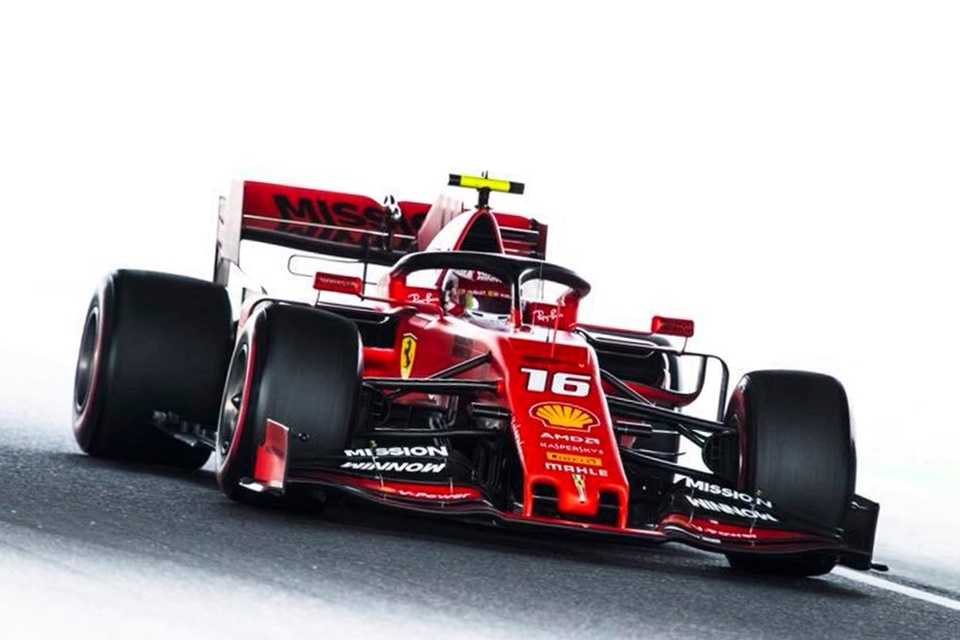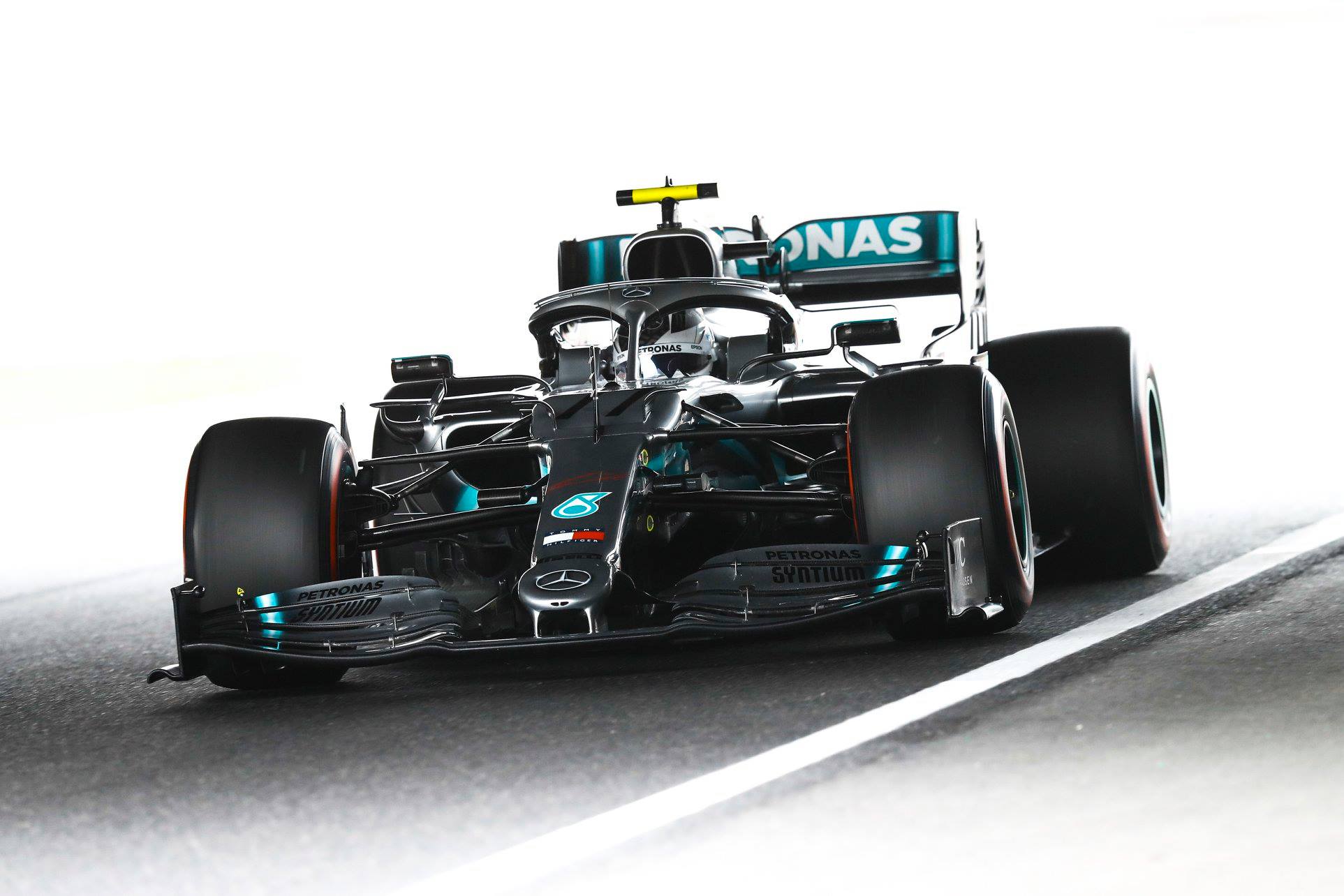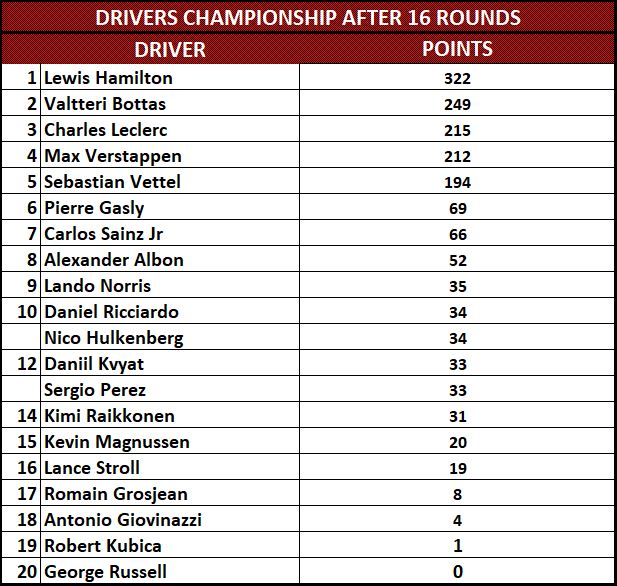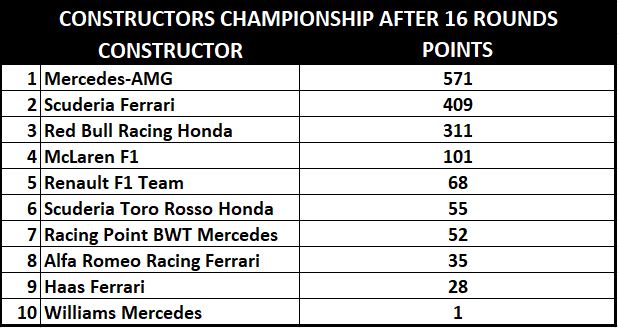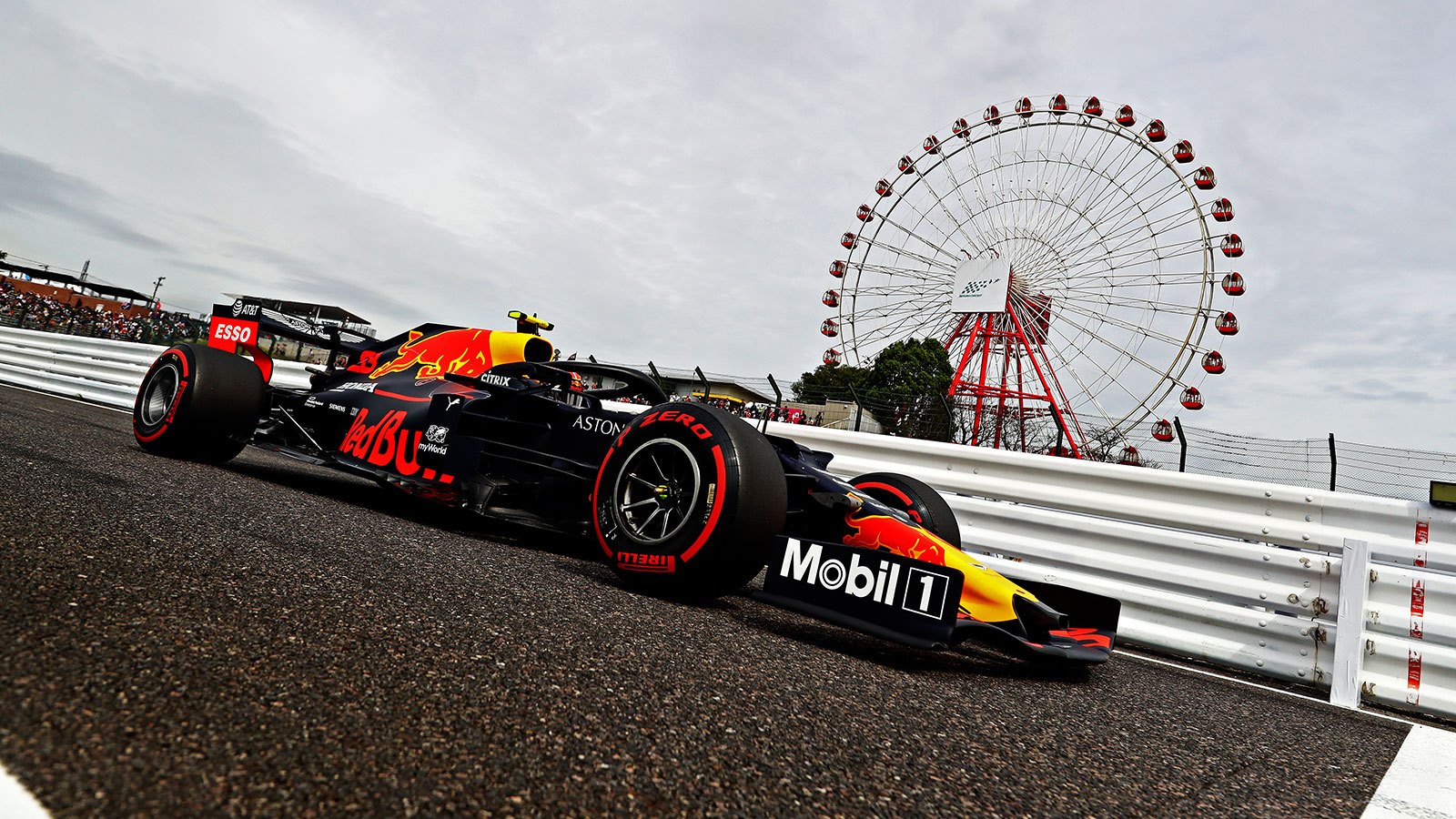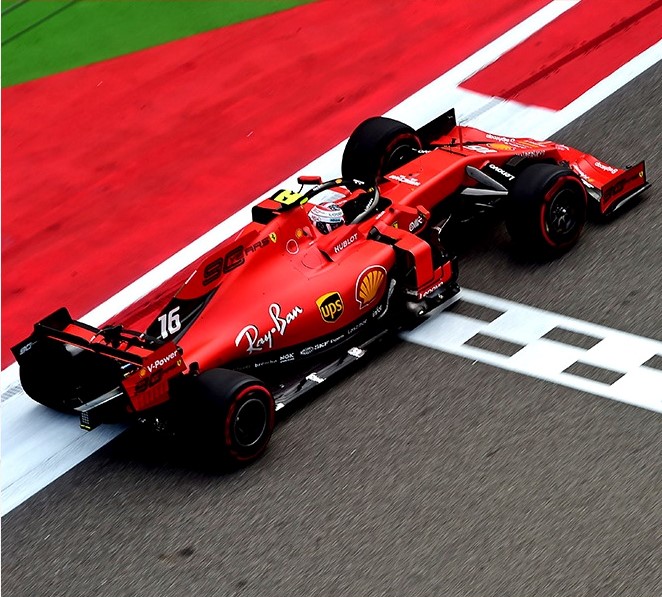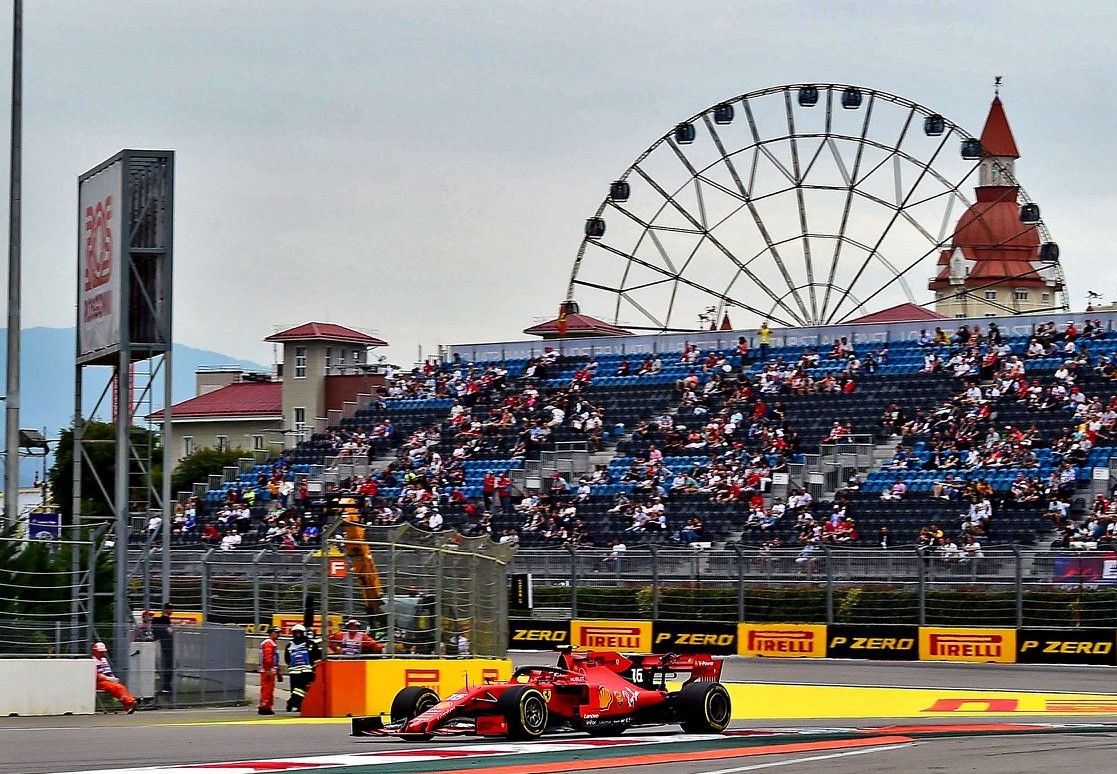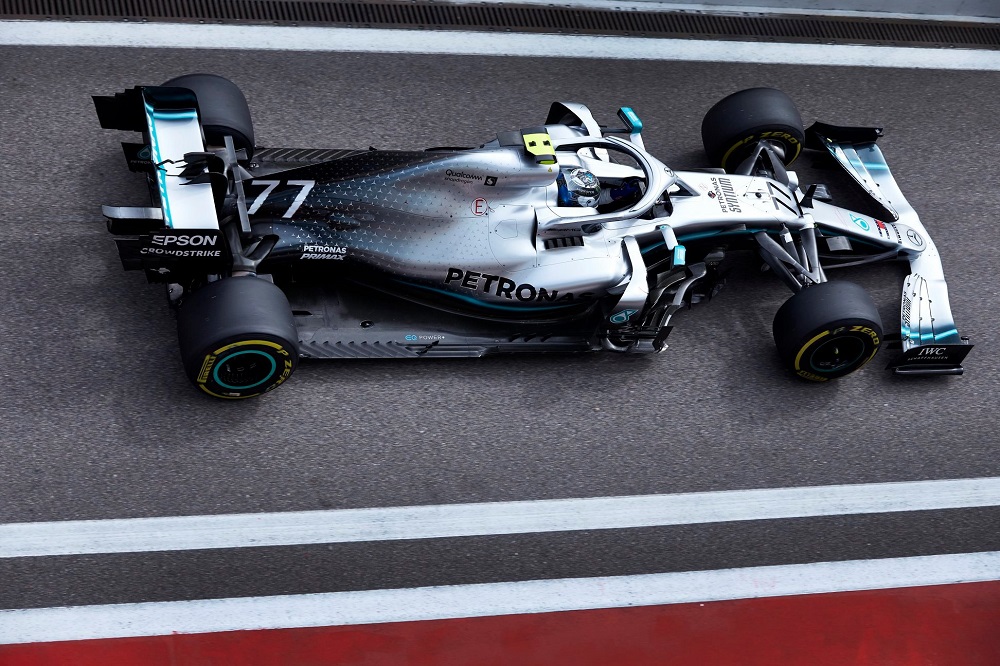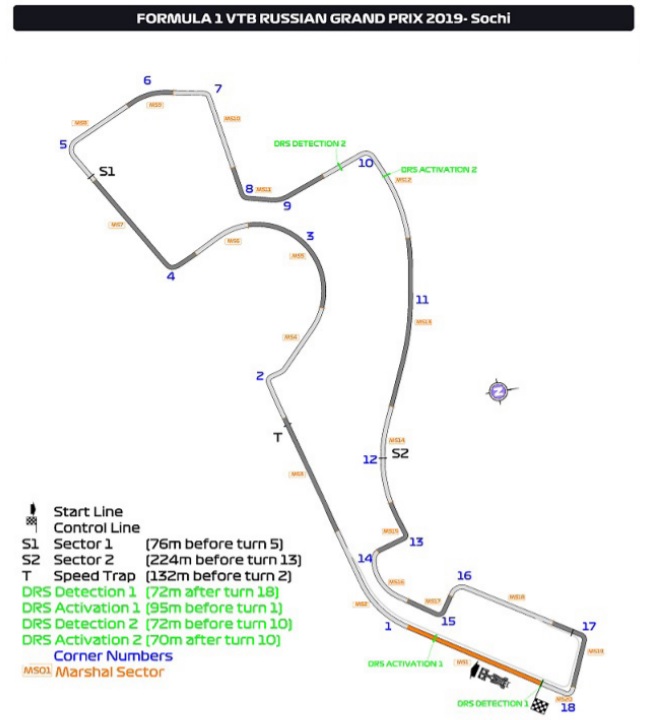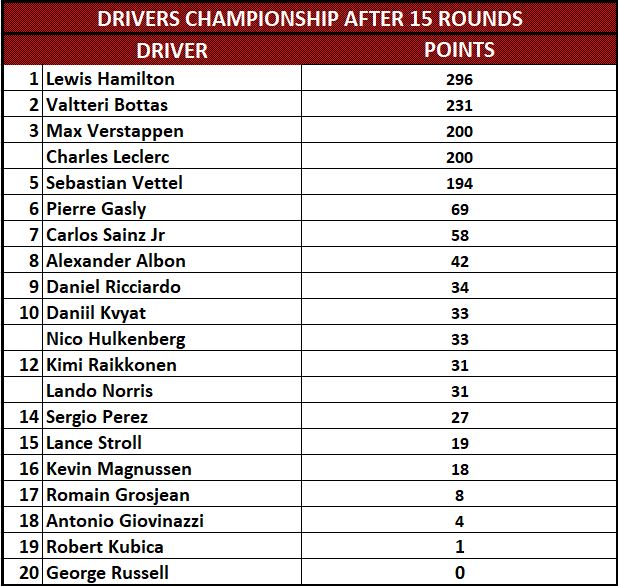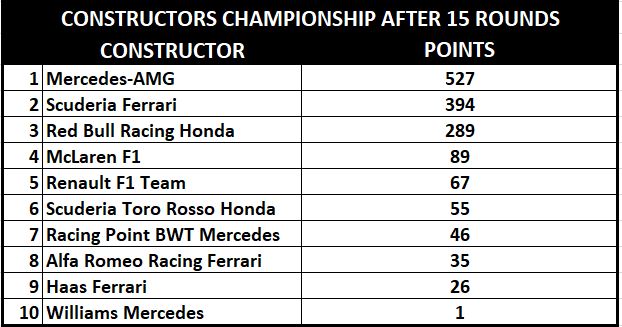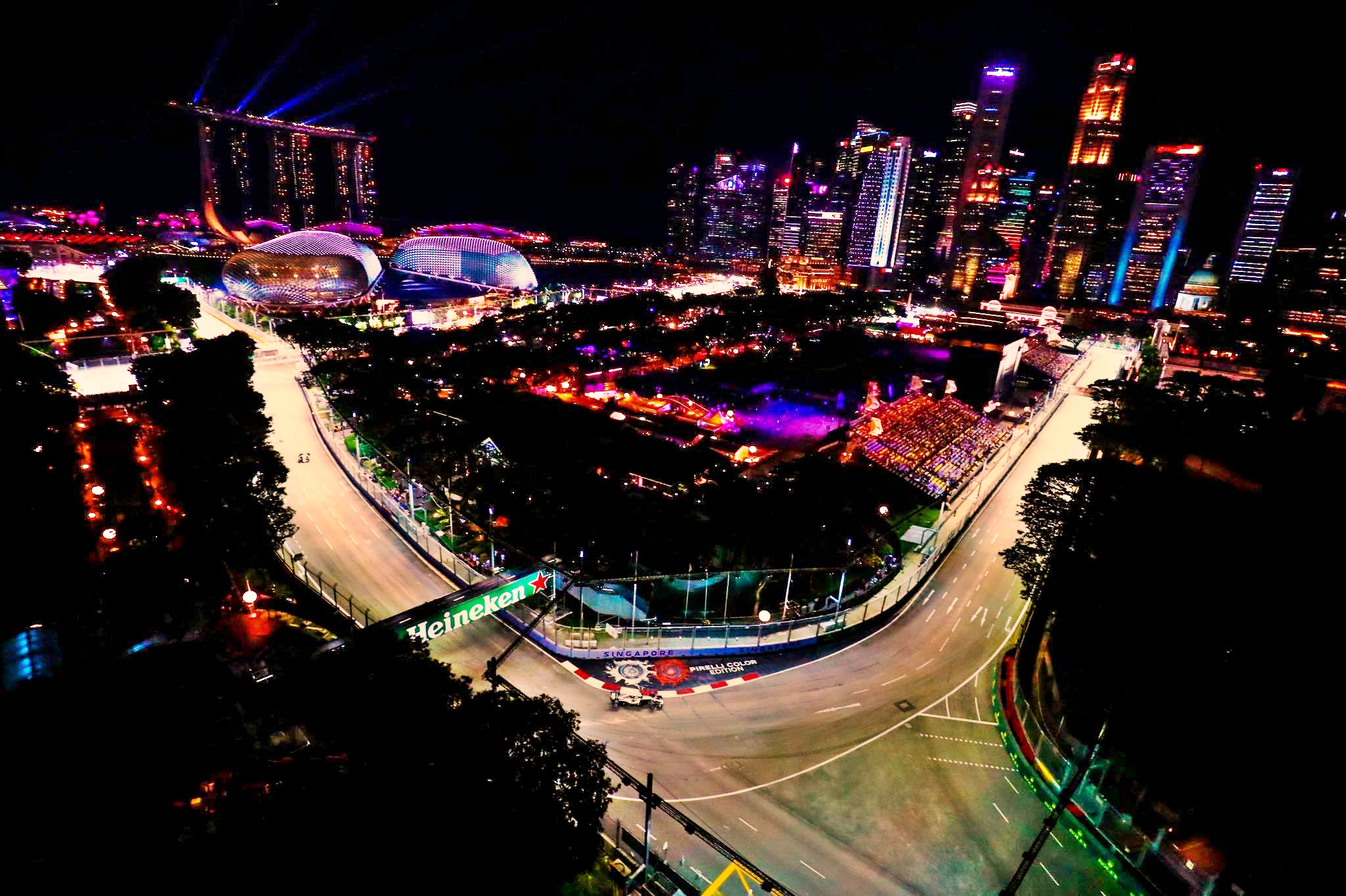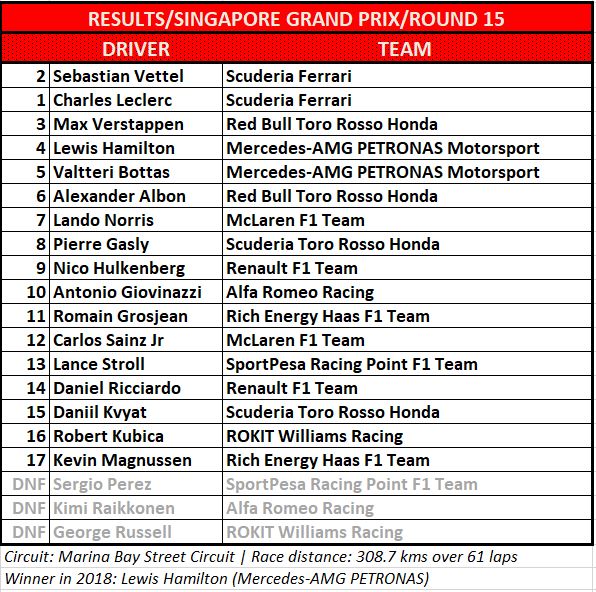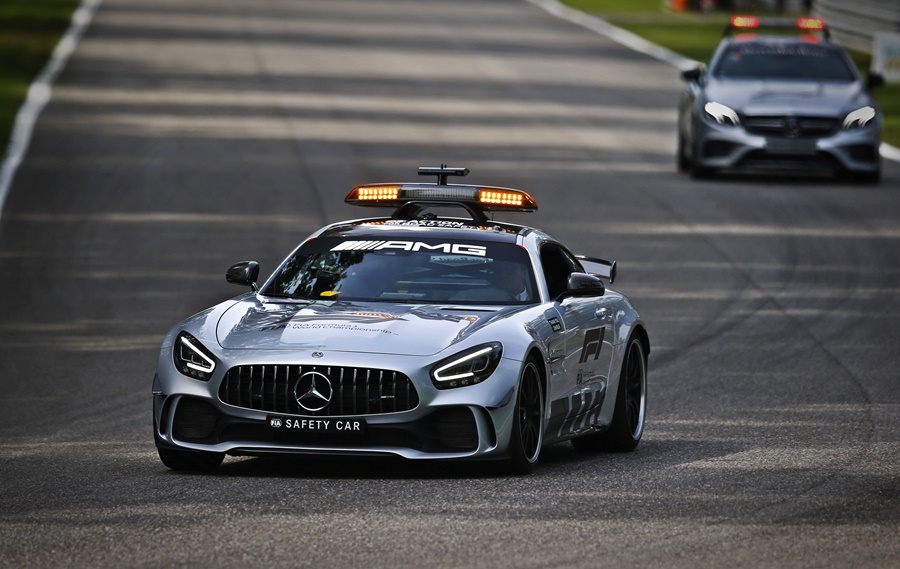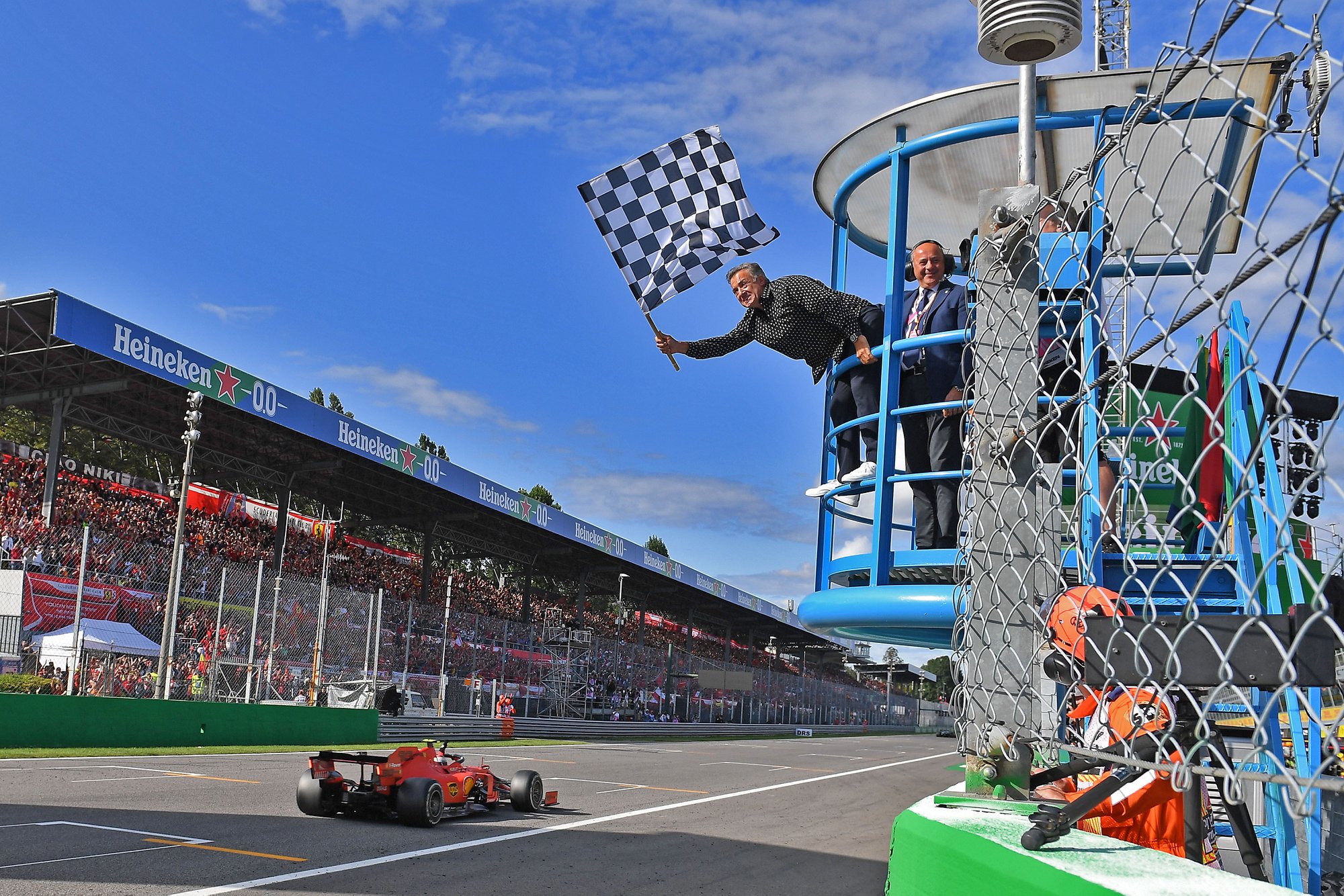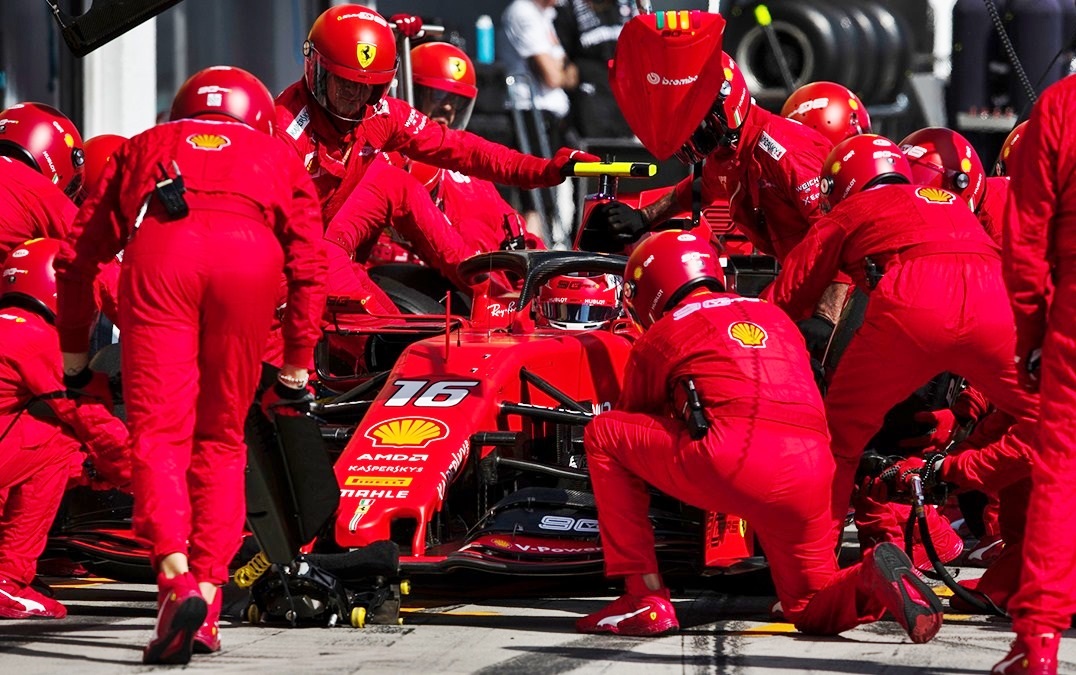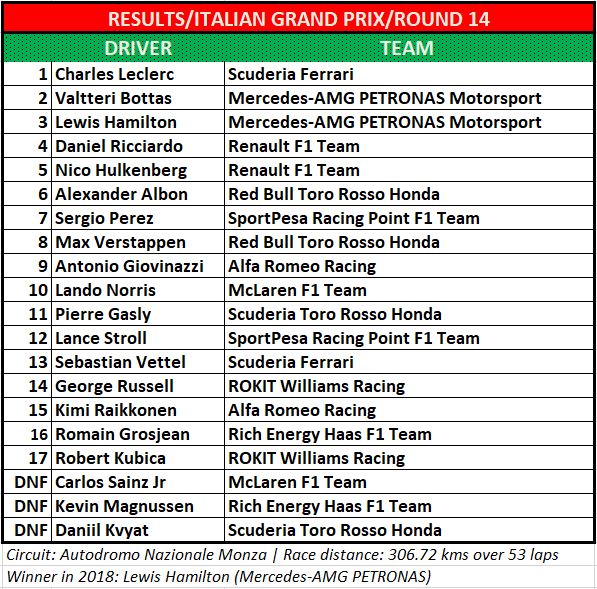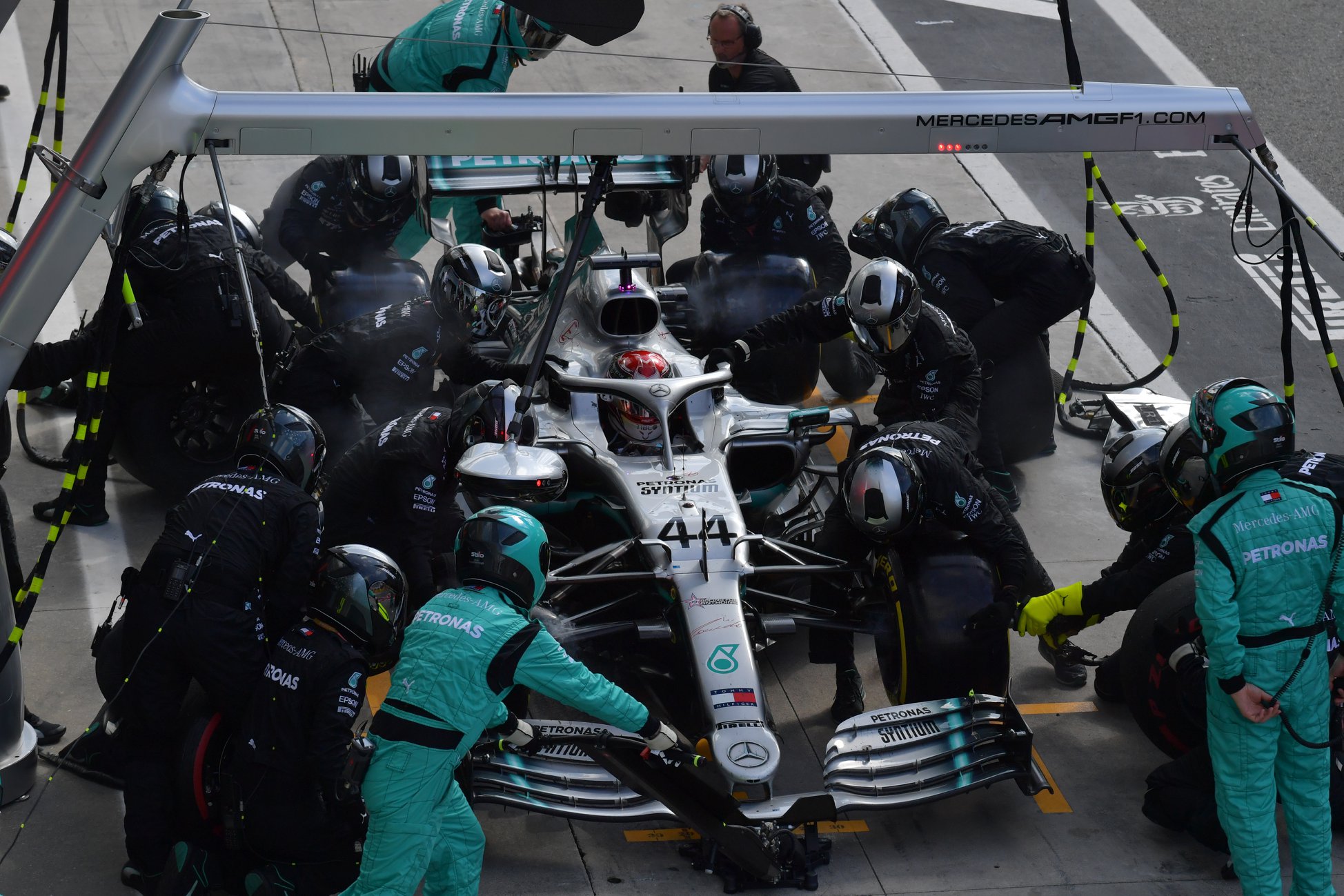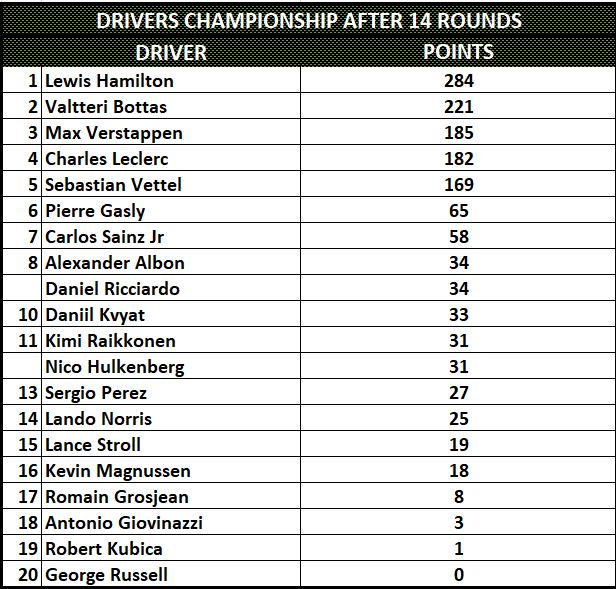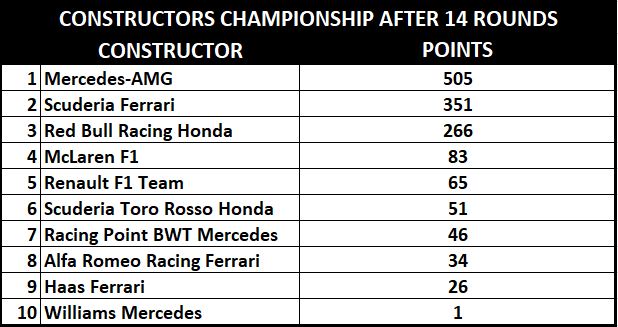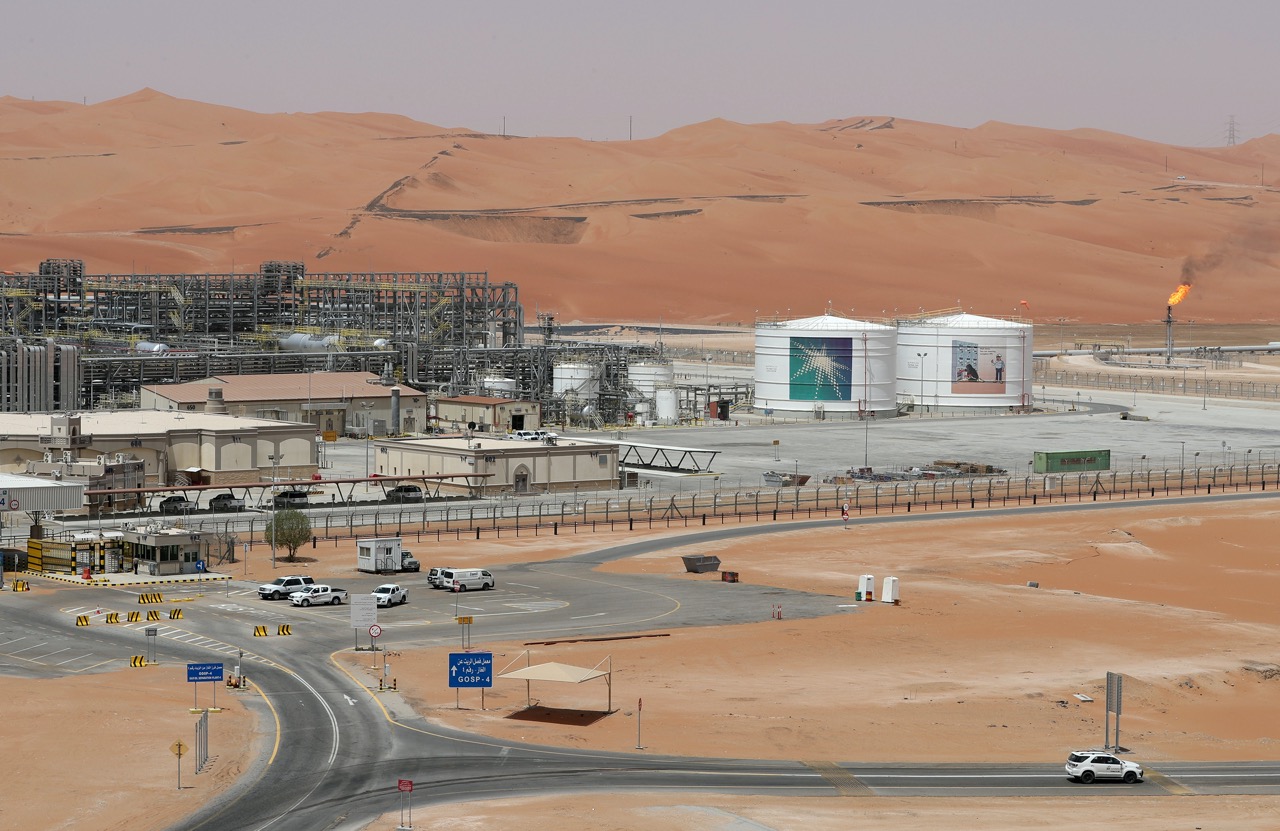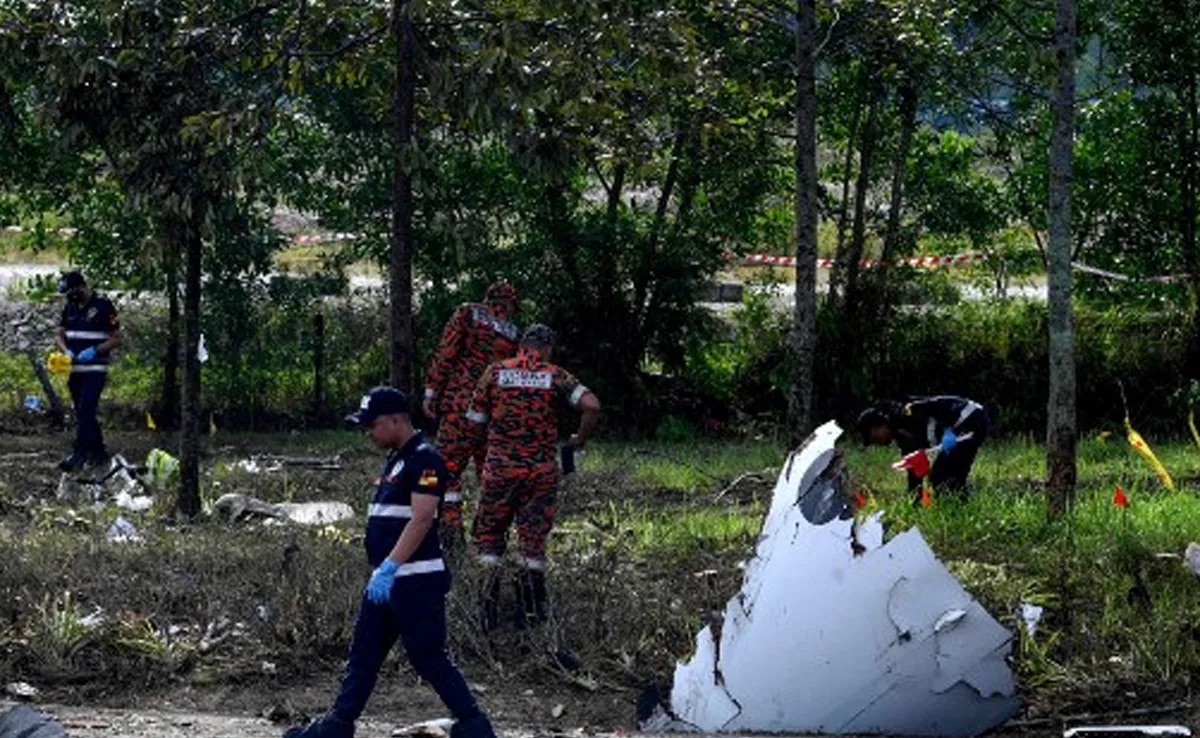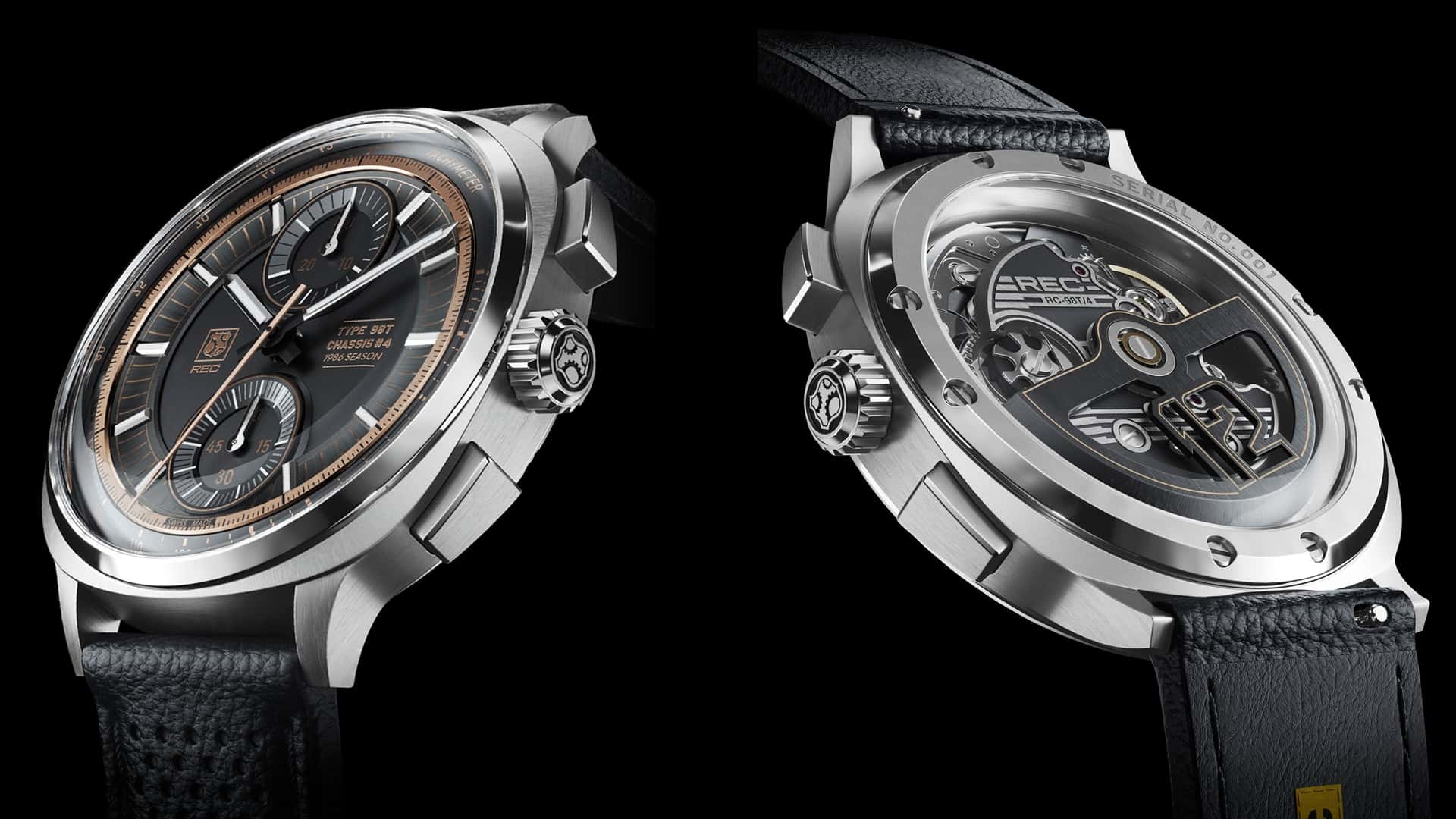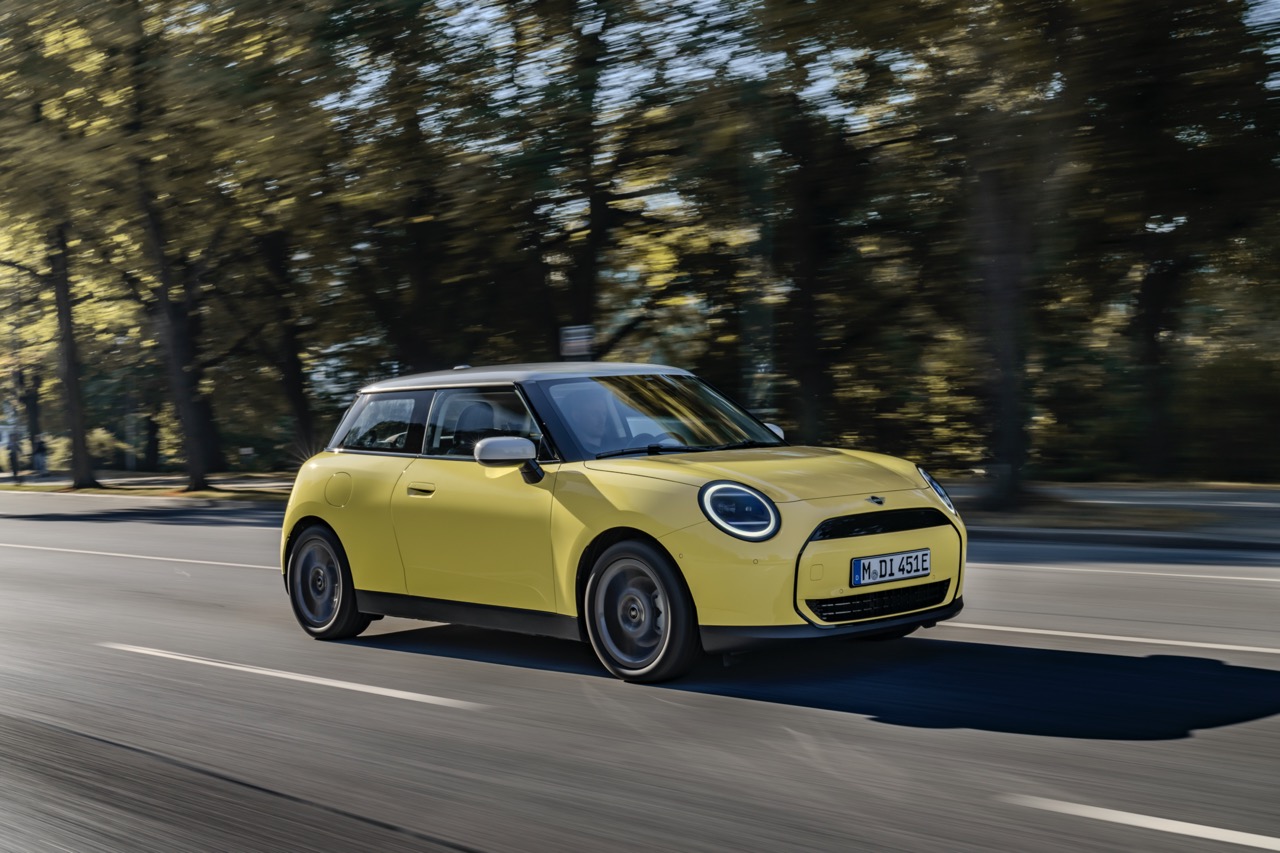
Ferrari will join the Le Mans Hypercar (LMH) class from 2023. This is a new class which has attracted the interest of manufacturers and it will be the top class of the FIA World Endurance Championship (WEC). Companies that have announced vehicle development programmes include Porsche, Peugeot, Audi, and Toyota – all veterans of the WEC with championship victories at different periods in time.
Following a period of study and analysis, Ferrari confirmed its participation and has started a development programme for an all-new LMH car. It is known that there is already a design and simulations have been run in recent weeks.
The time-frame for building running prototypes has not been mentioned, nor the name of the car and the drivers who will make up the official crews.
While Ferraris are regularly seen racing at Le Mans, it has been almost 50 years since the factory’s last official participation in the premier class of the World Sports Car Championship. It has a respectable record in closed-wheel competition with 24 world titles (most recently in 2017) and 36 victories in the 24 Hours of Le Mans.
“In over 70 years of racing, on tracks all over the world, we led our closed-wheel cars to victory by exploring cutting-edge technological solutions: innovations that arise from the track and make every road car produced in Maranello extraordinary. With the new Le Mans Hypercar programme, Ferrari once again asserts its sporting commitment and determination to be a protagonist in the major global motorsport events,” said Ferrari President, John Elkann.
Overview of the Le Mans Hypercar class
The LMH ruleset represents a major shift in philosophy compared with the LMP1 class it is replacing. It allows for a greater variety both in terms of technical approaches as well as the aesthetics of the cars, at the same time ensuring sporting equality and preventing cost escalation through the concept of ‘performance windows’.
Technical Regulations are focused on controlling performance outcome, instead of setting design or geometrical restrictions, allowing manufacturers to choose cost-effective solutions as significant expenditures will not bring performance gains.
The autonomy also allows them not only to replicate brand identity and genuine architecture, maintaining the spirit of the brand and remaining relevant to their road car philosophy, but also to express true potential in terms of creativity and innovation. Less rigid aerodynamic constraints established for the cars give them the option to incorporate styling elements to the design.
Similarly to the LMP1 class, both hybrid or non-hybrid power units with transmission to either rear or both axles are allowed.
As avoiding cost escalation is one of the key targets behind the LMH concept, several other cost-saving measures have been undertaken. With the 2021 season being the first one in the LMH homologation cycle, testing is supervised. The use of expensive materials and technology is greatly limited. The minimum weight for gearbox is set at 75 kgs, with the use of magnesium or aluminium casing and bellhousing mandatory.
The suspension is also simplified, with a double-wishbone design compulsory and aids such as active systems and mass dampers forbidden. There is also a single aero kit permitted, without the distinction for Le Mans and the other races.
In order to avoid development costs, the tyres are exclusively supplied by Michelin with different dimensions dedicated to rear and 4-wheel-drive cars. Furthermore, lower power output results in lower power unit development costs.
“Le Mans Hypercar should please both manufactures and fans, resulting in spectacular cars and high level of competition. We’ll see greater variety across the competitors while the more cost-effective regulatory approach is something much needed in the current economic climate,” said Richard Mille, FIA Endurance Commission President.
Peugeot Hybrid4 500KW to power Peugeot hypercar for endurance racing in 2022


